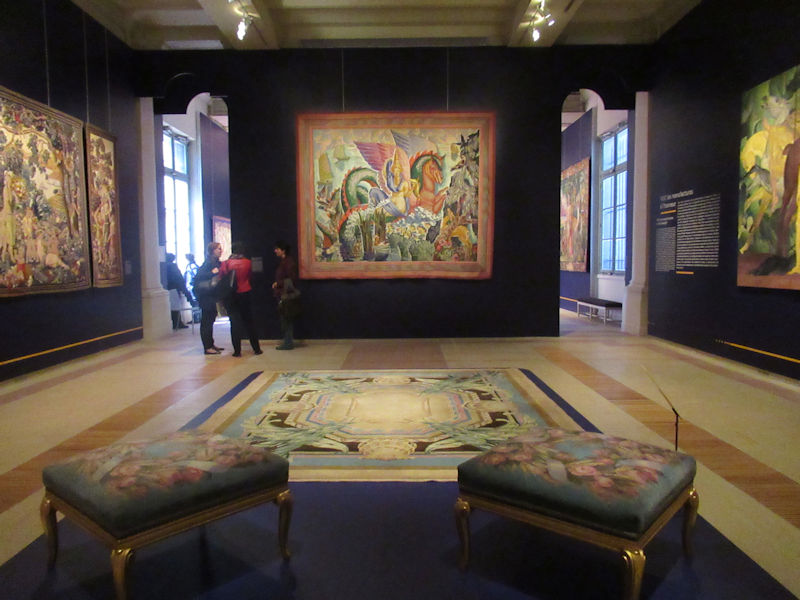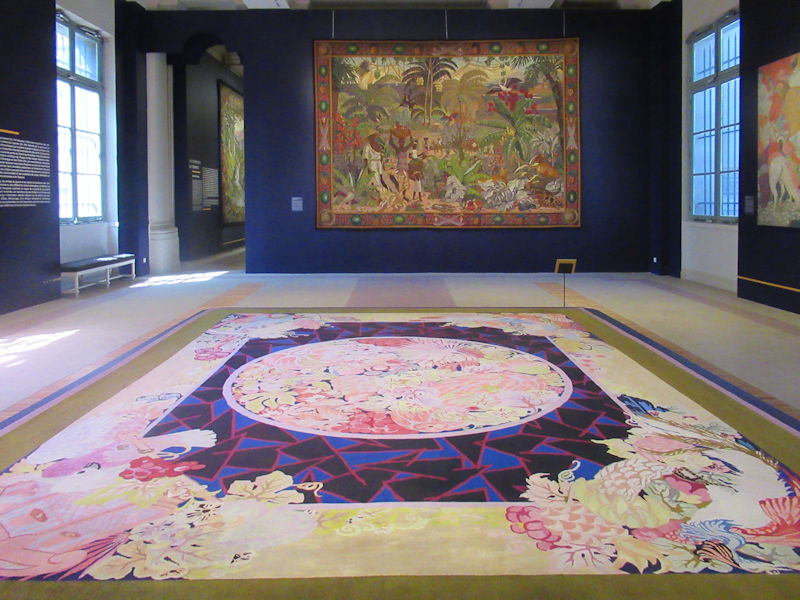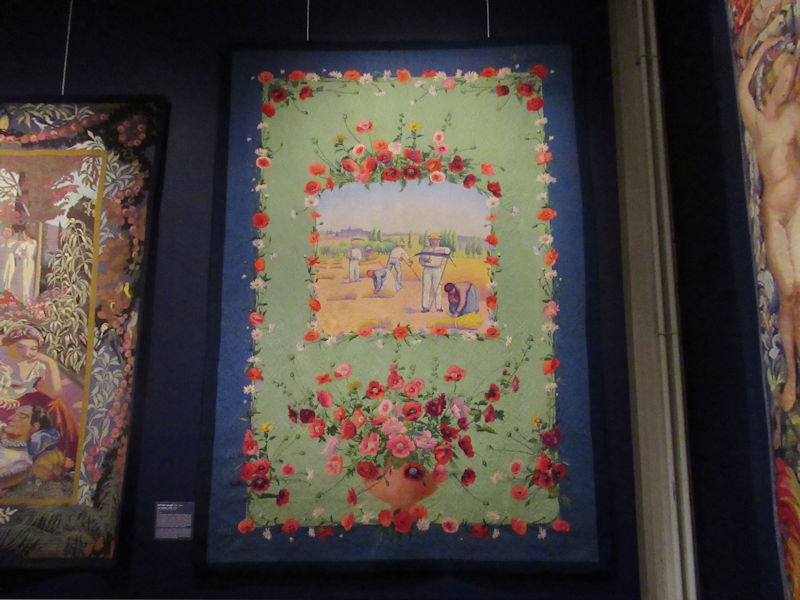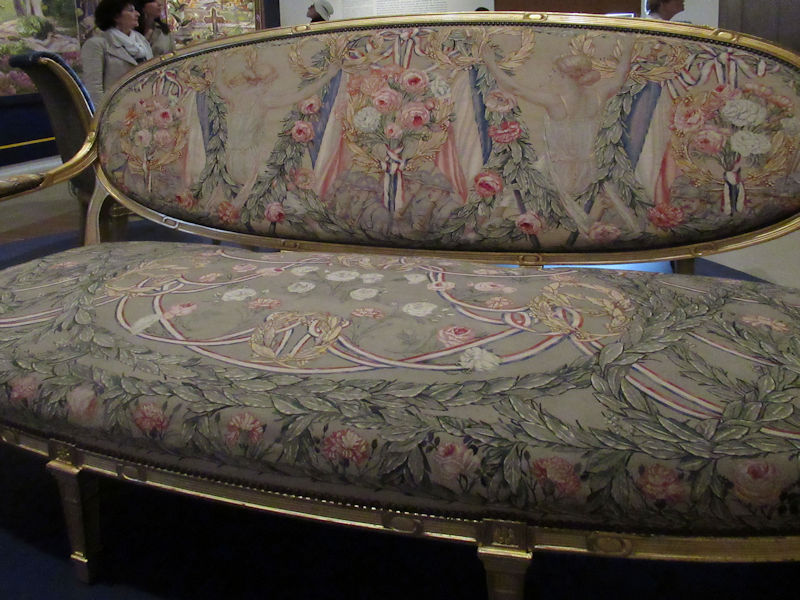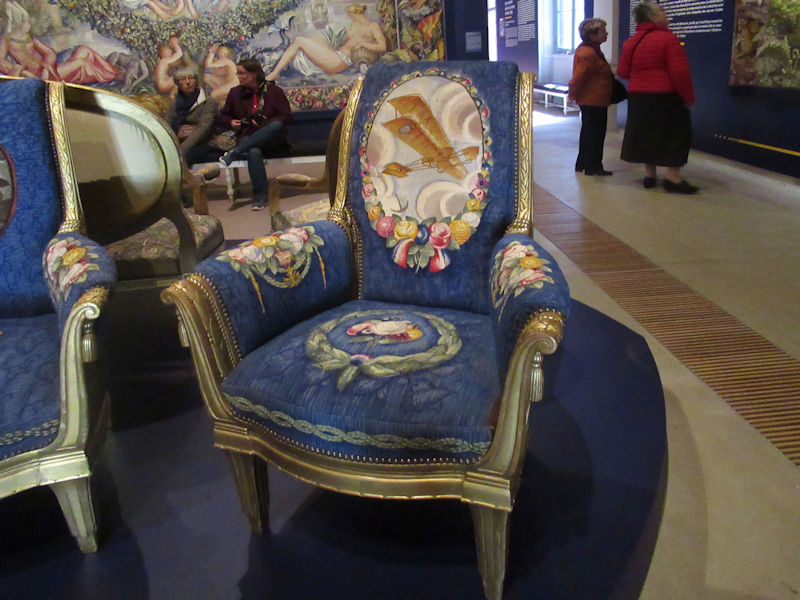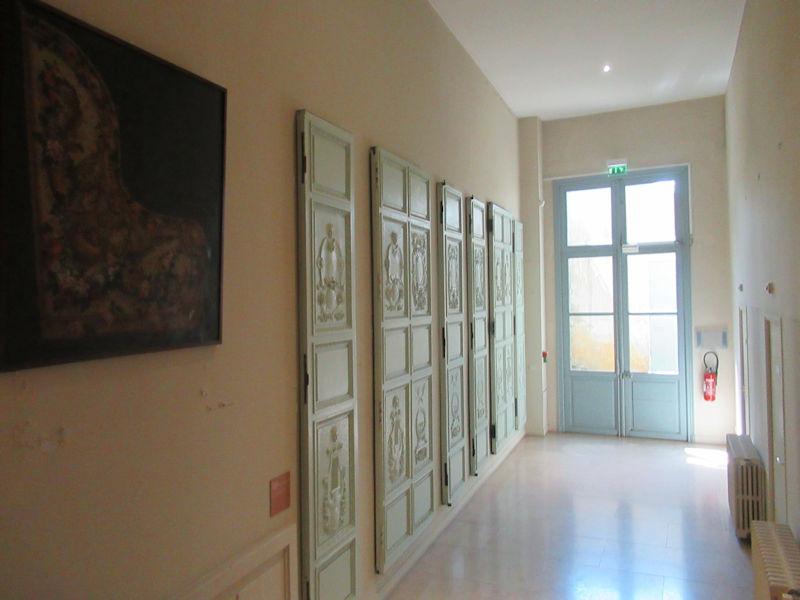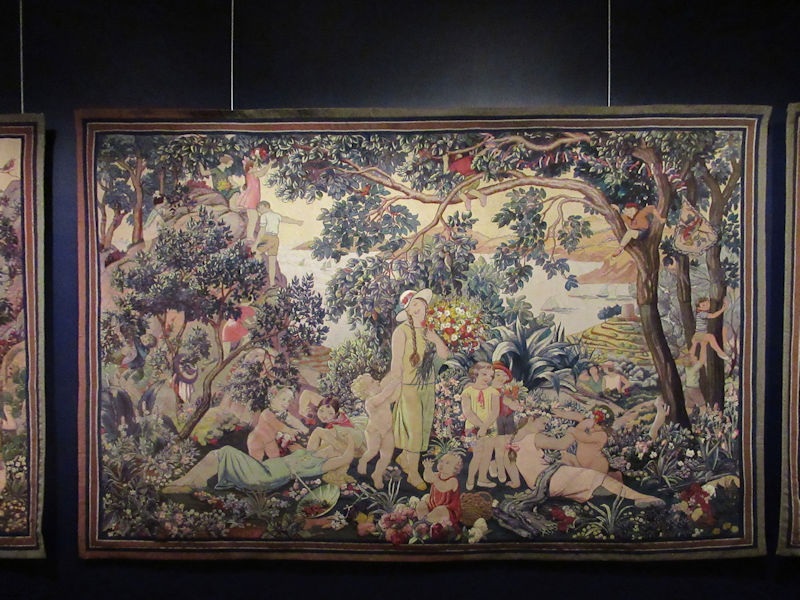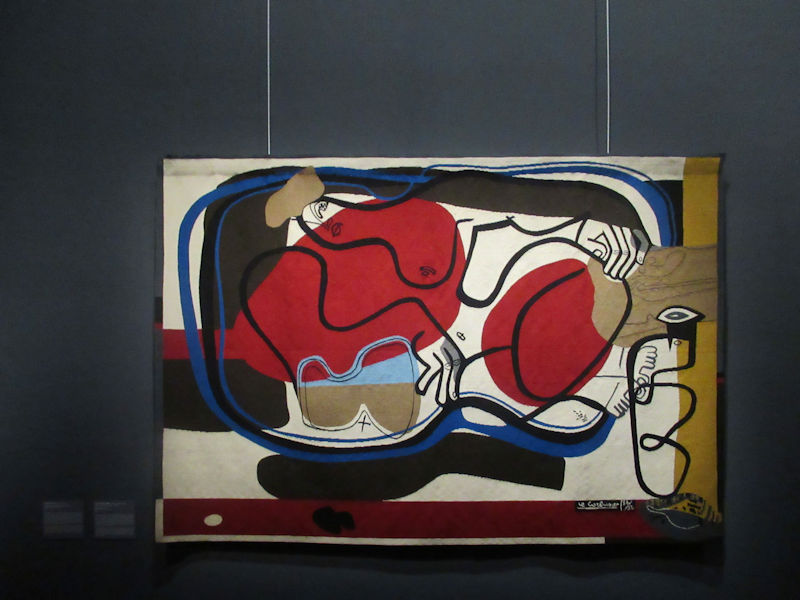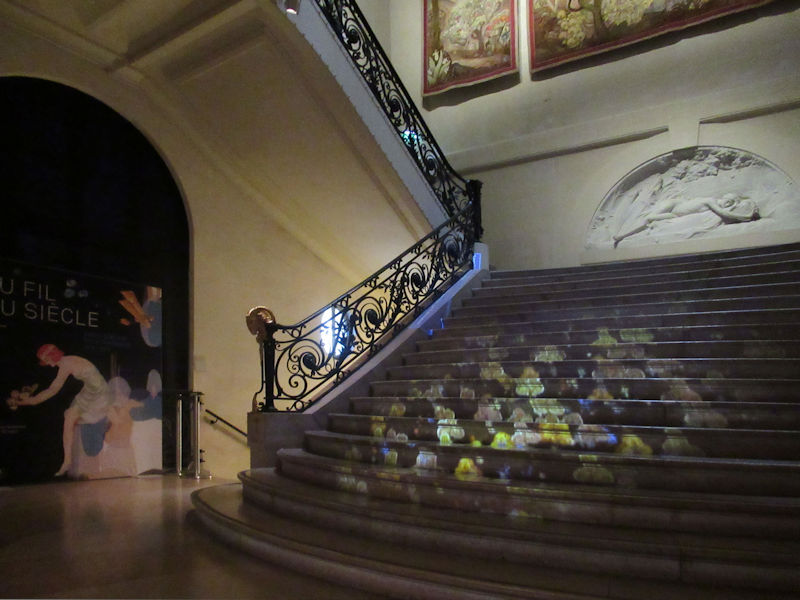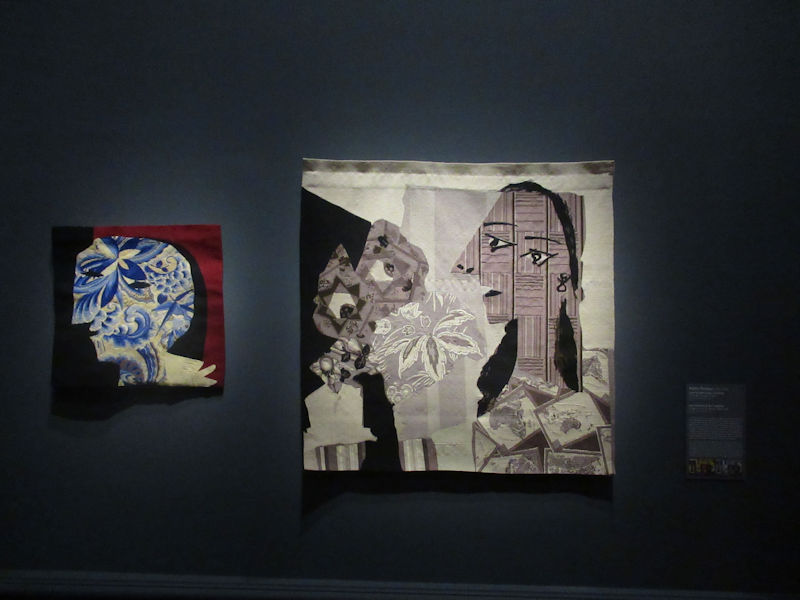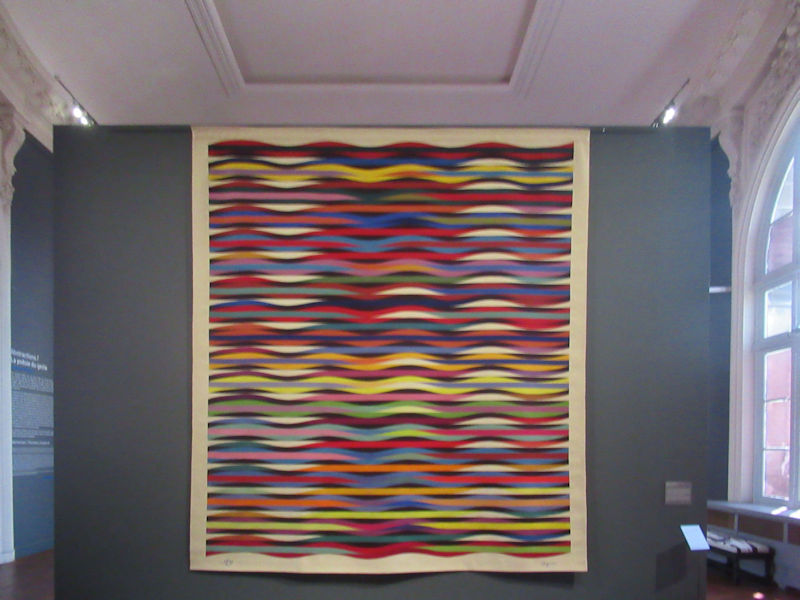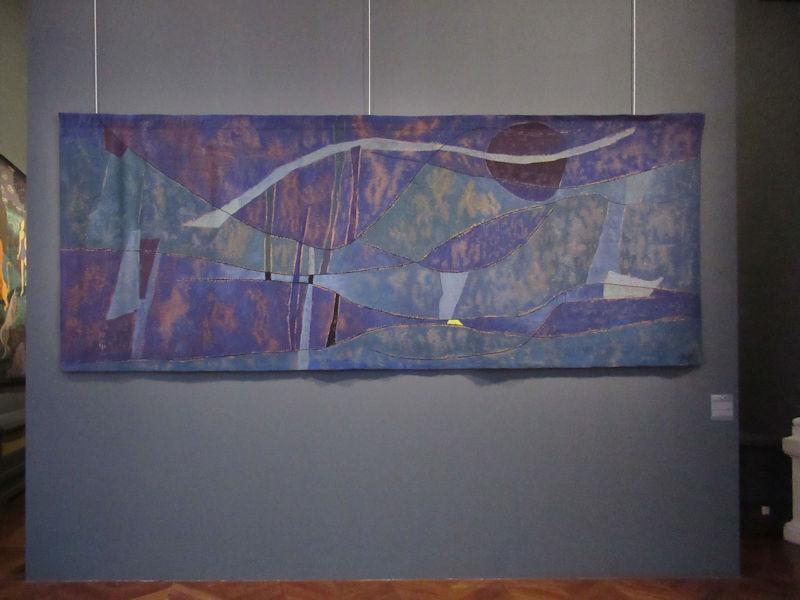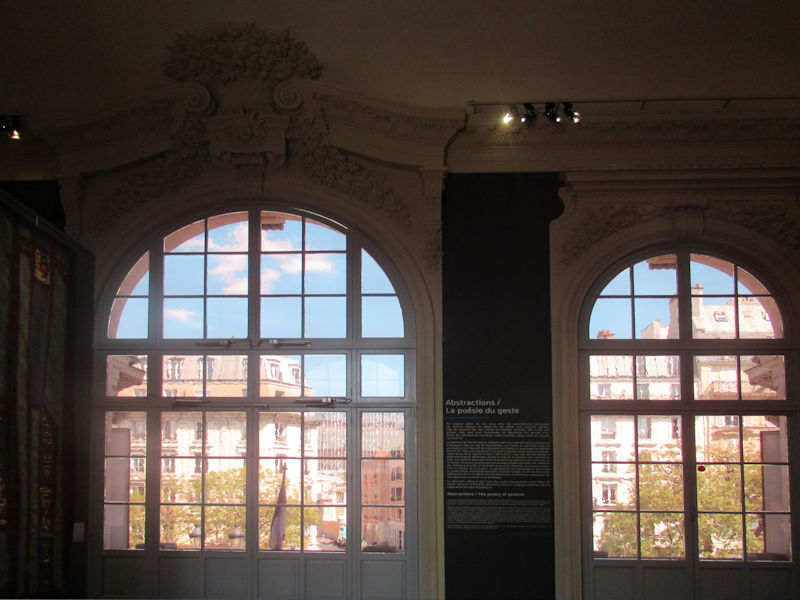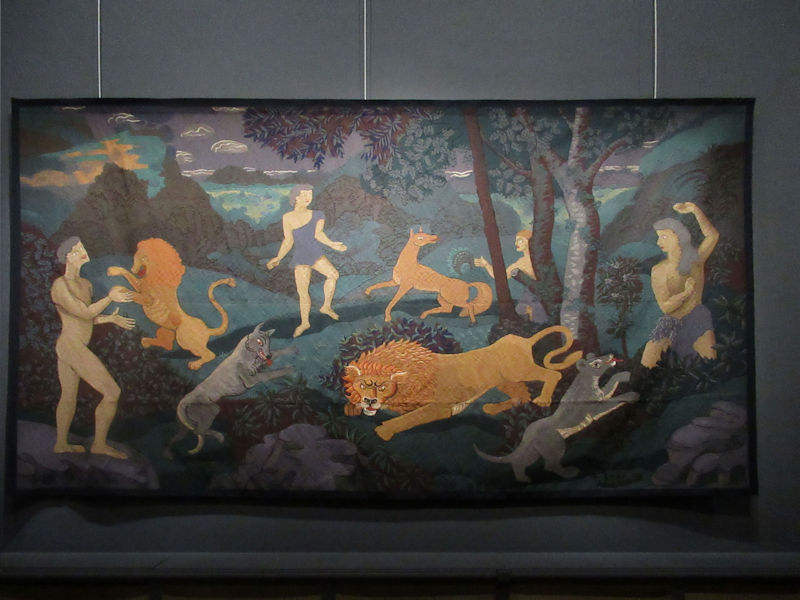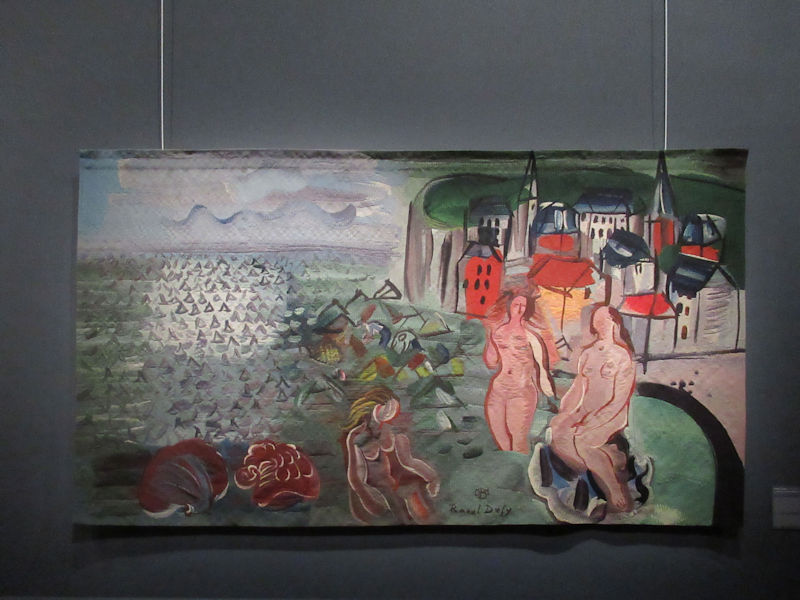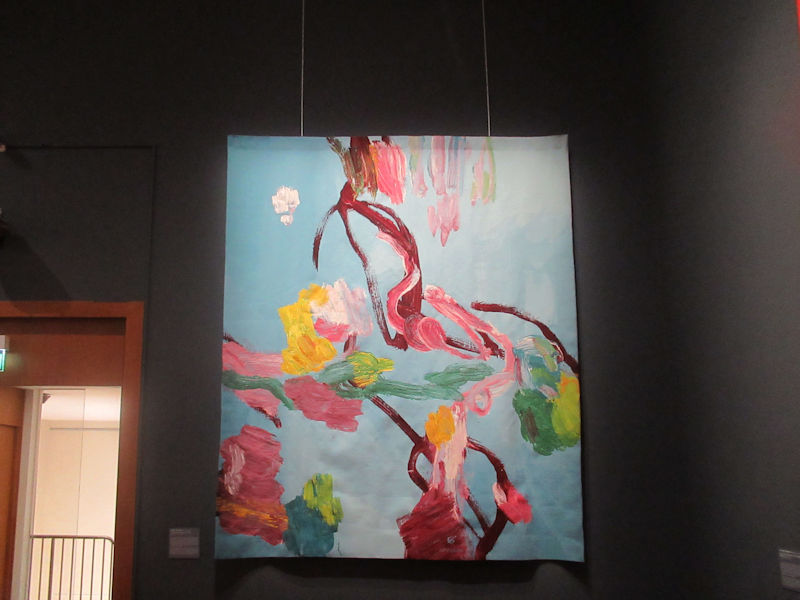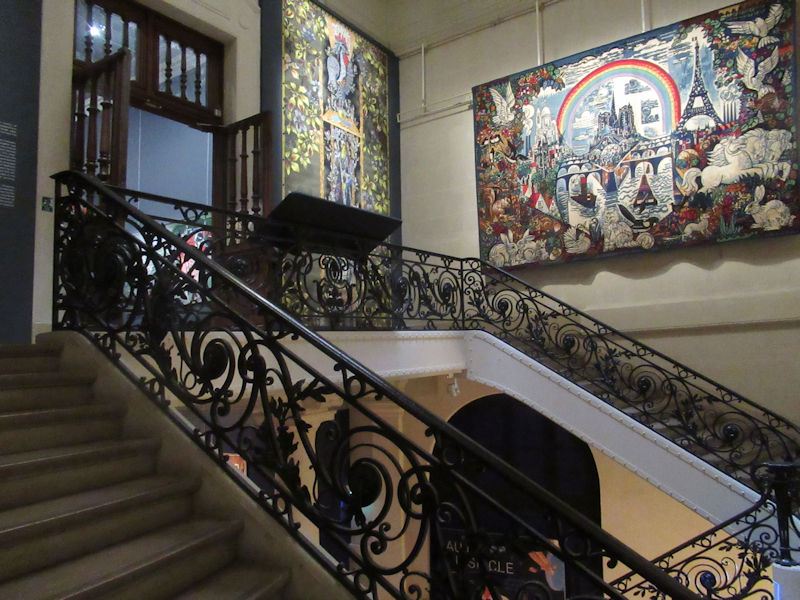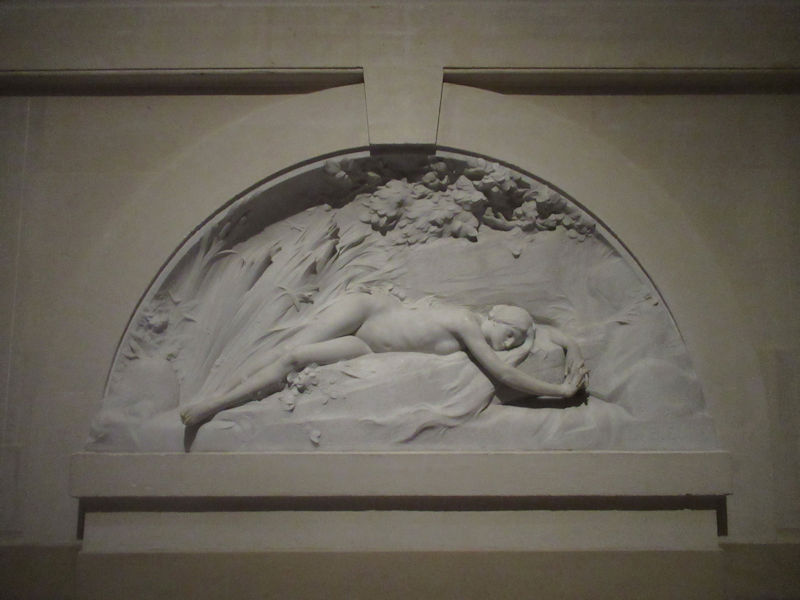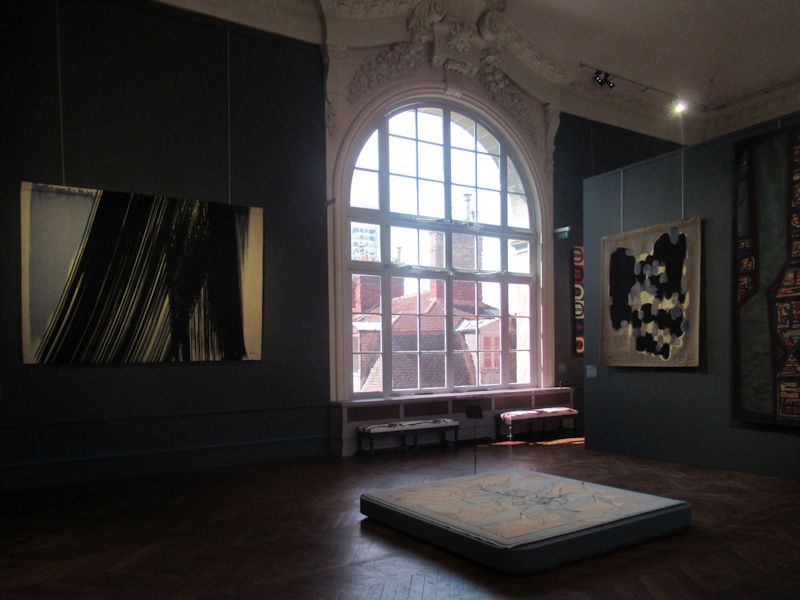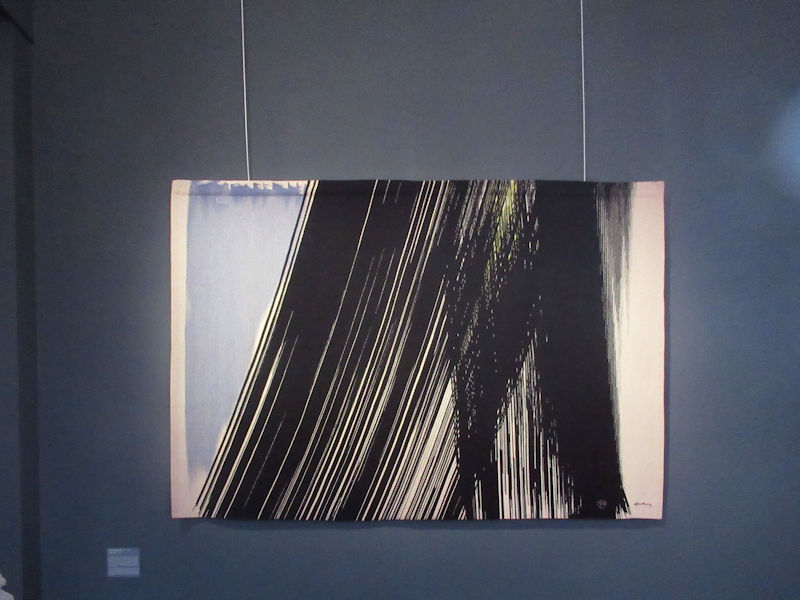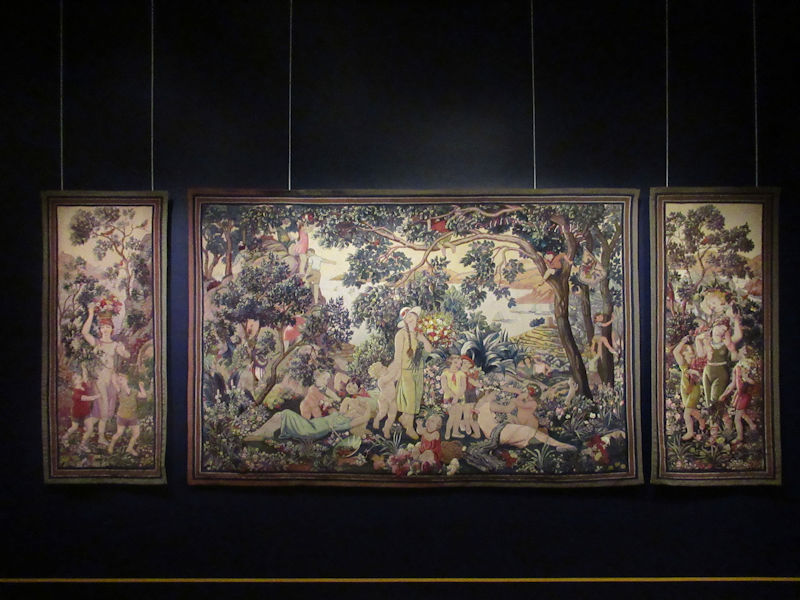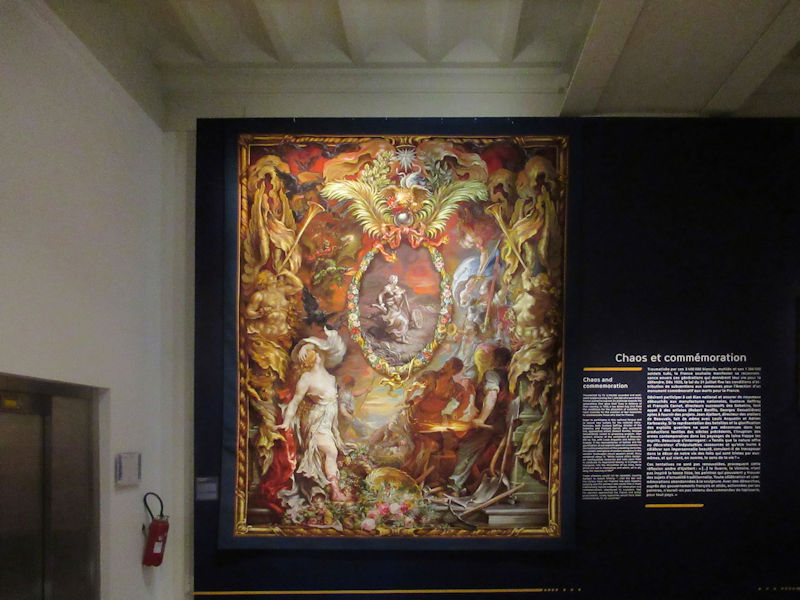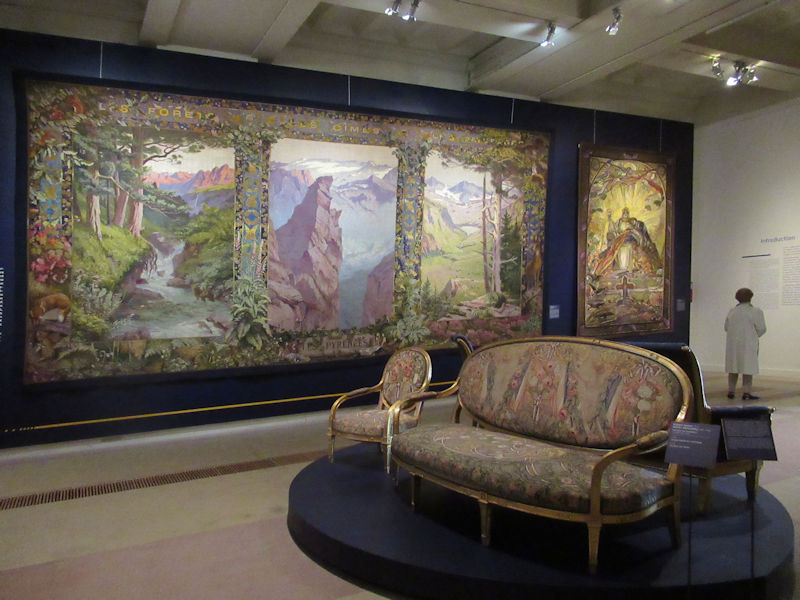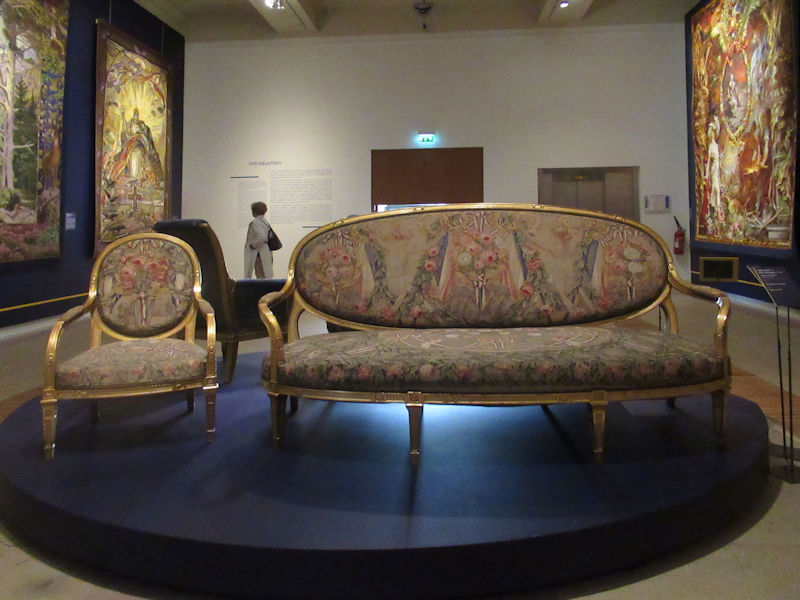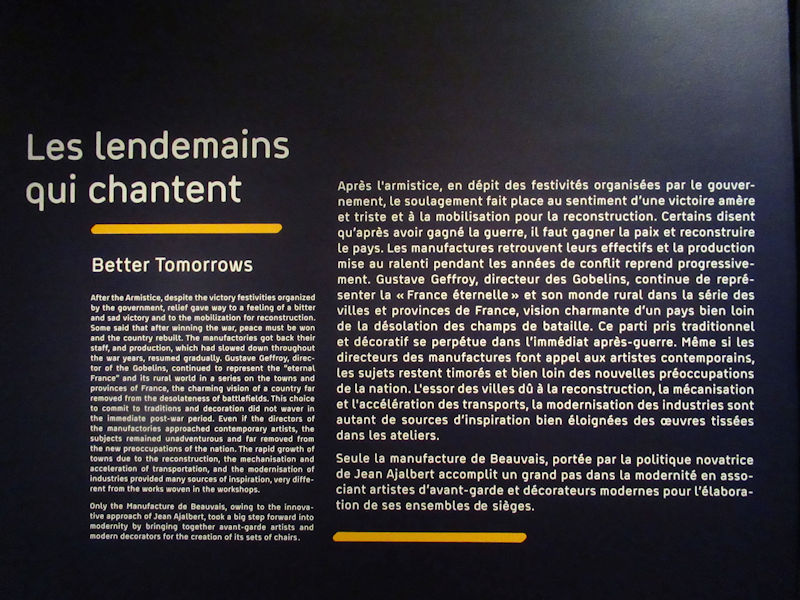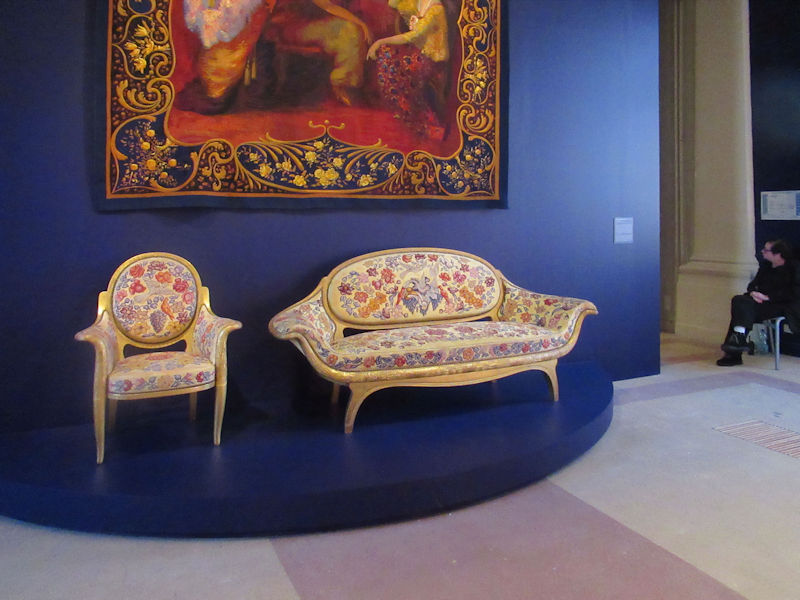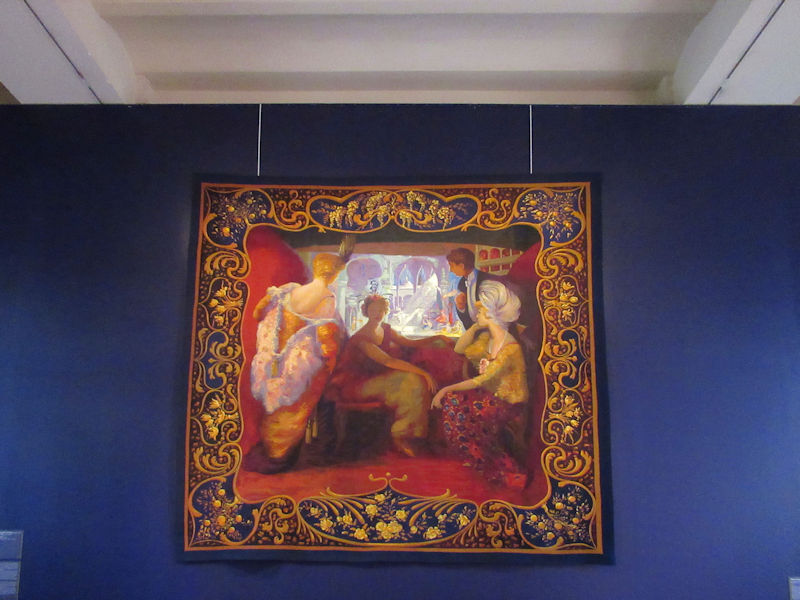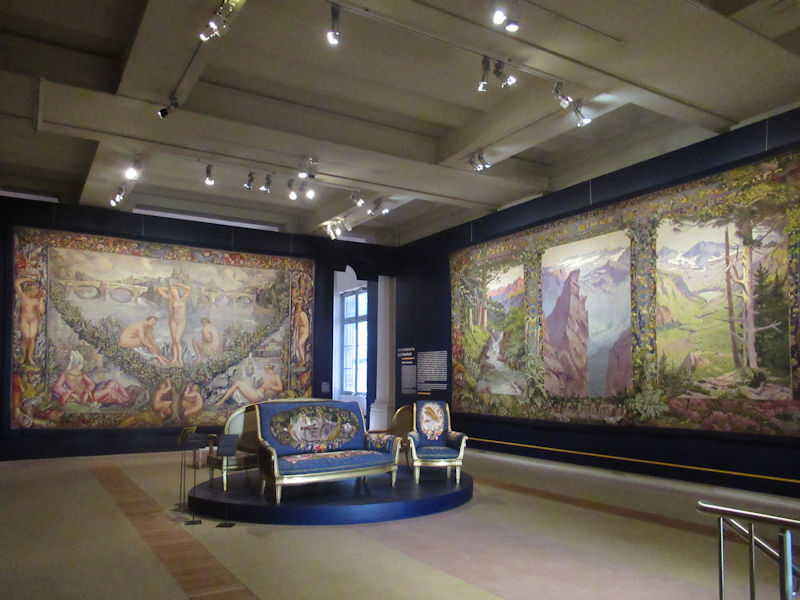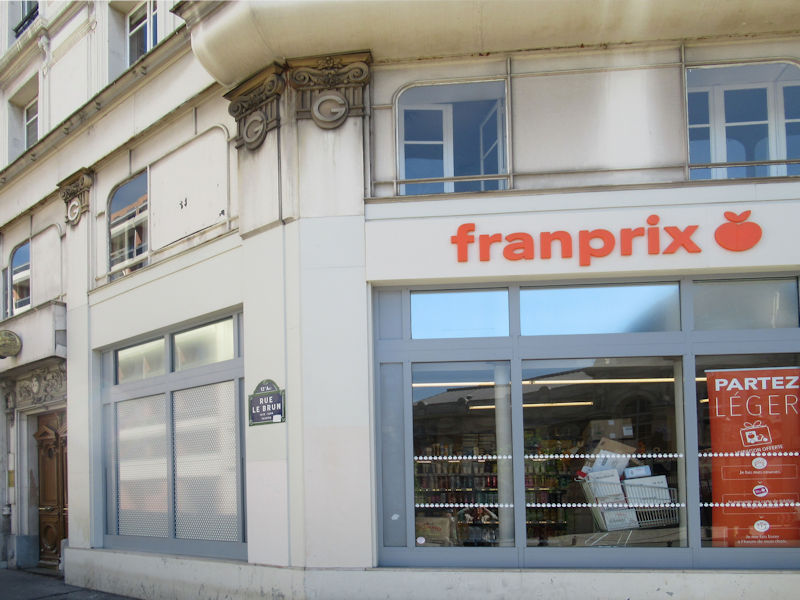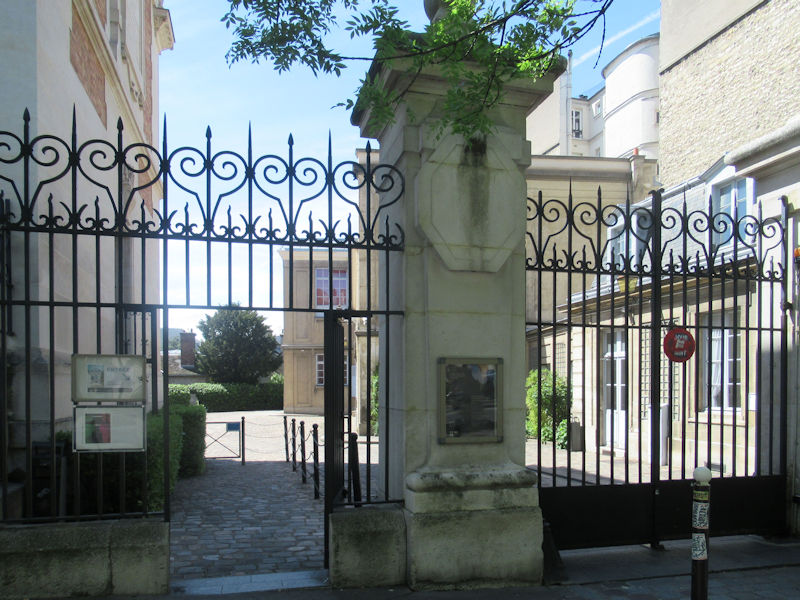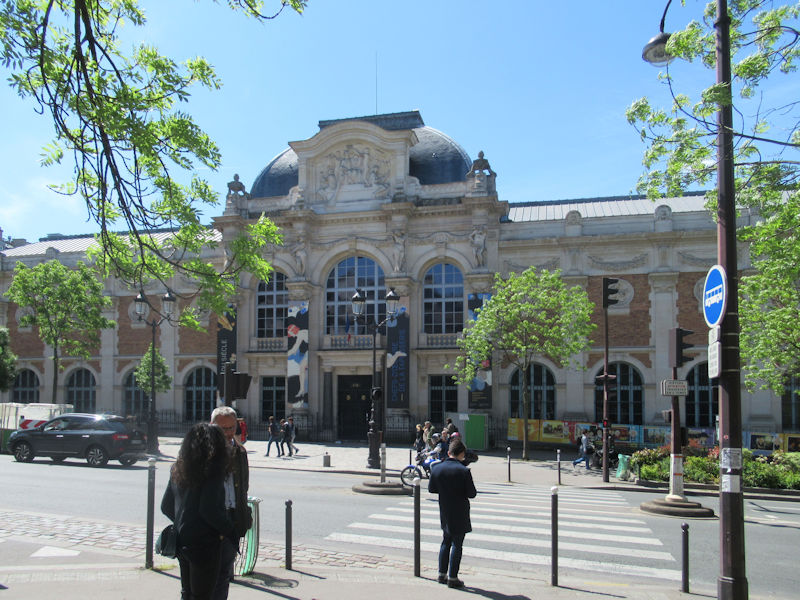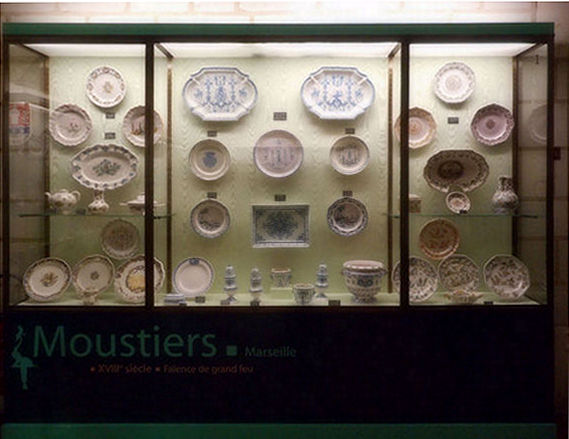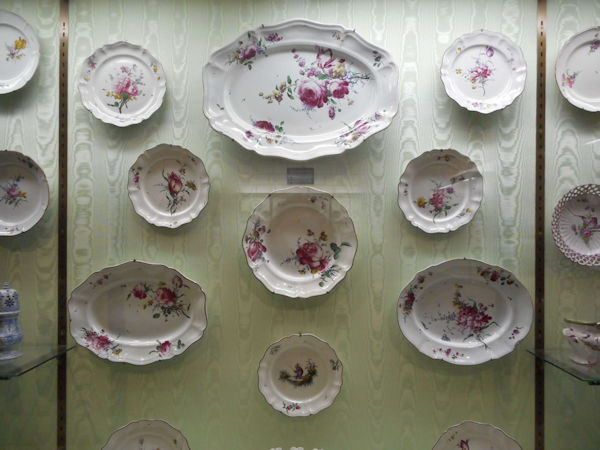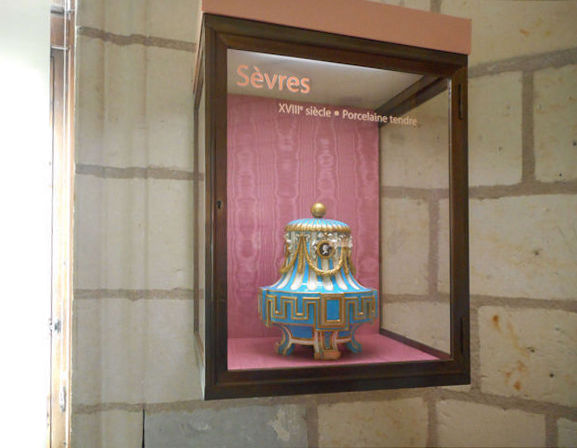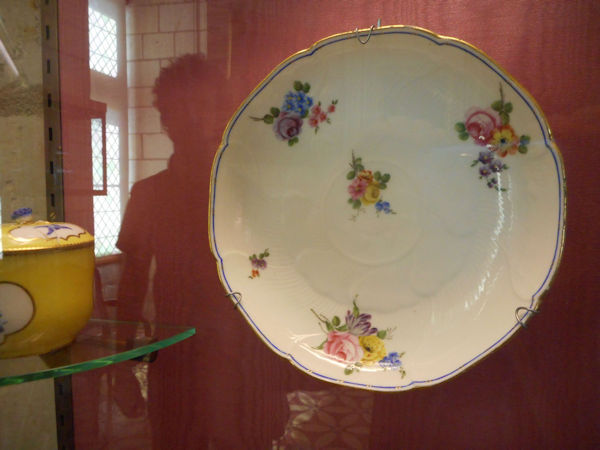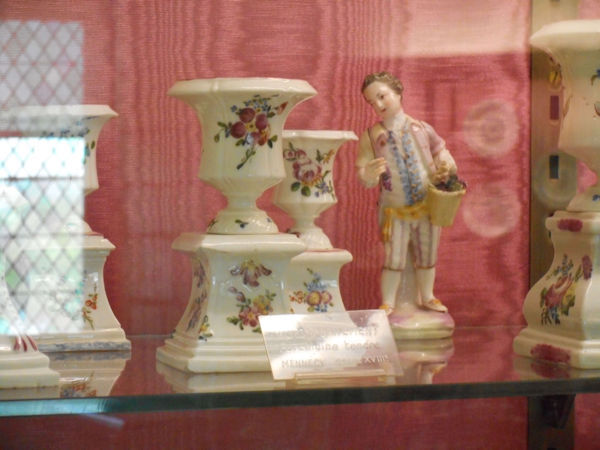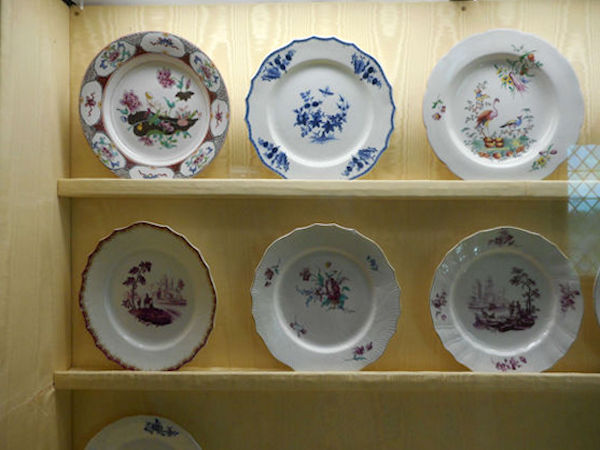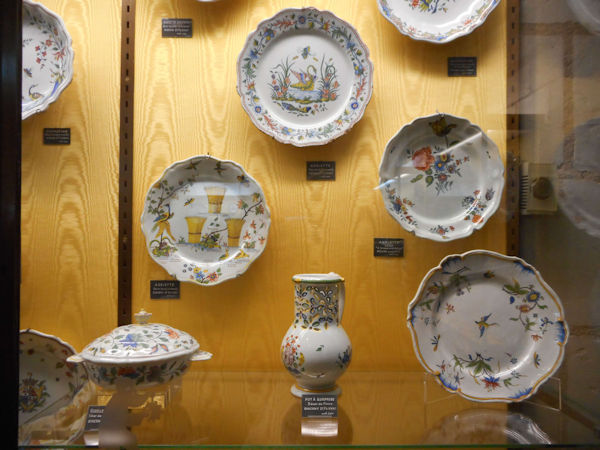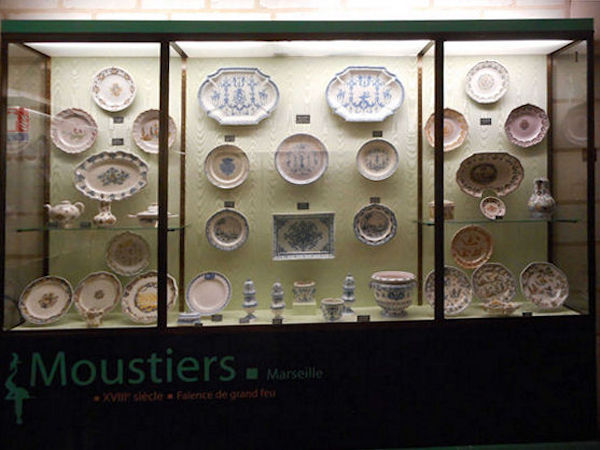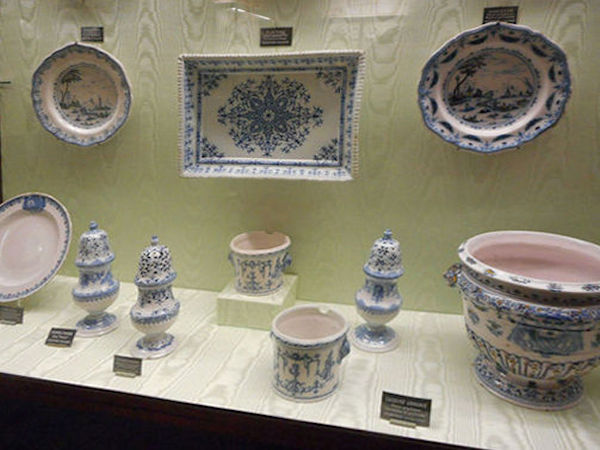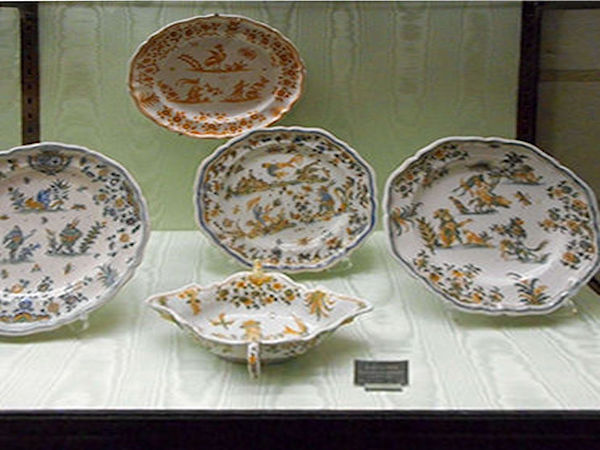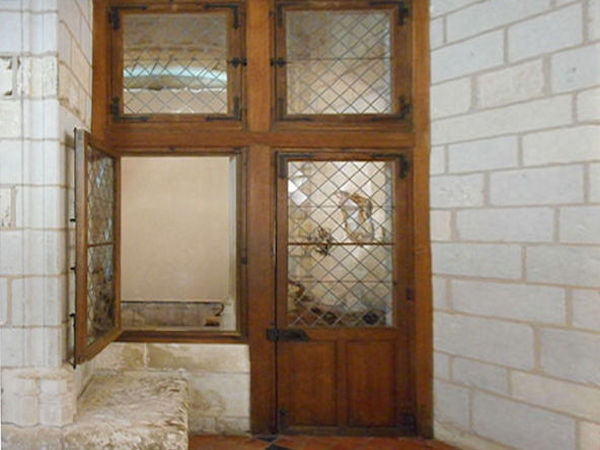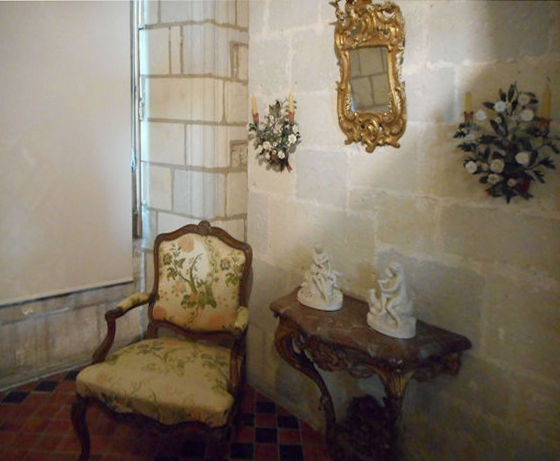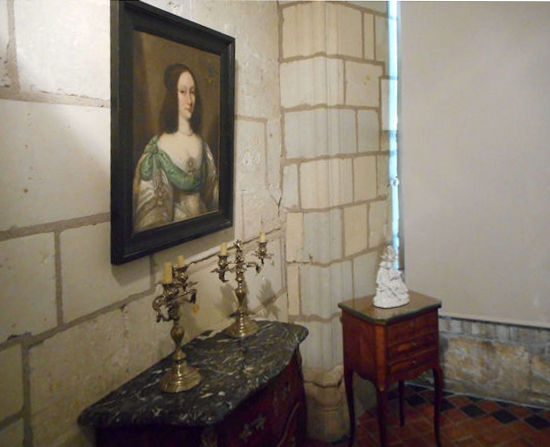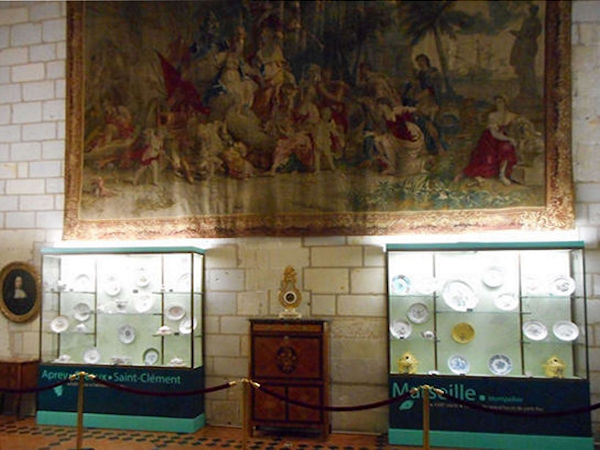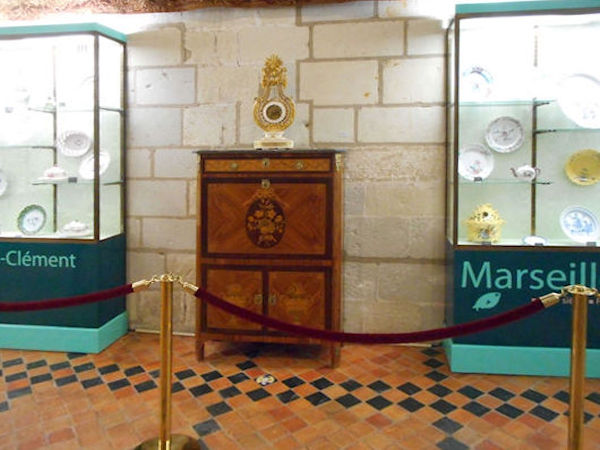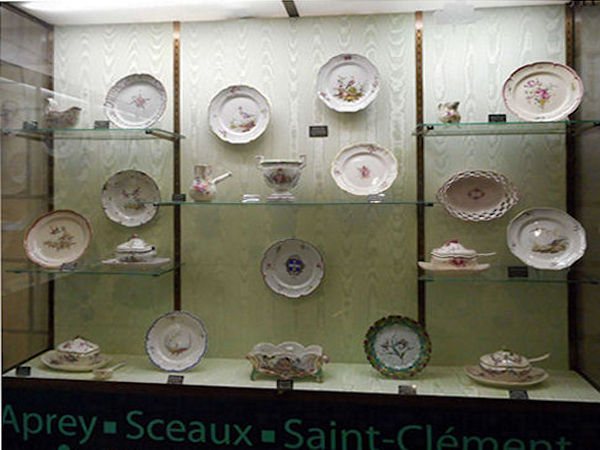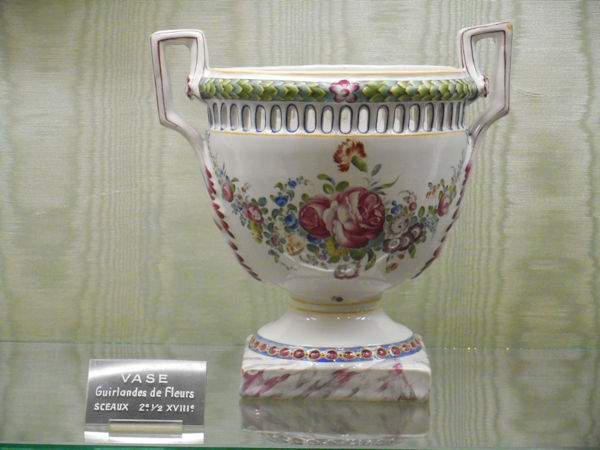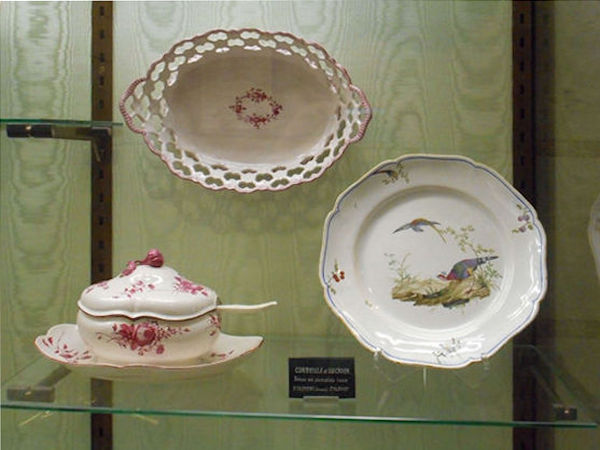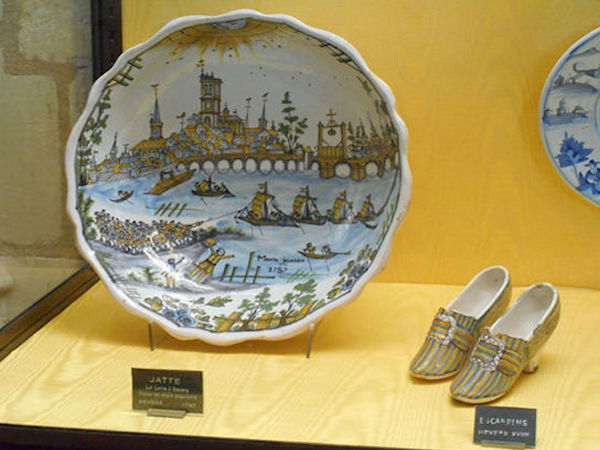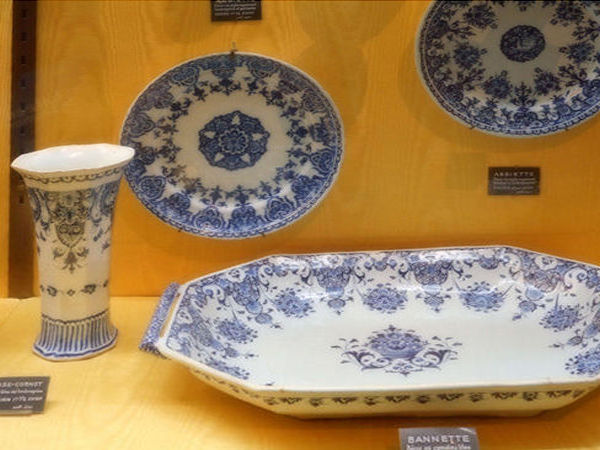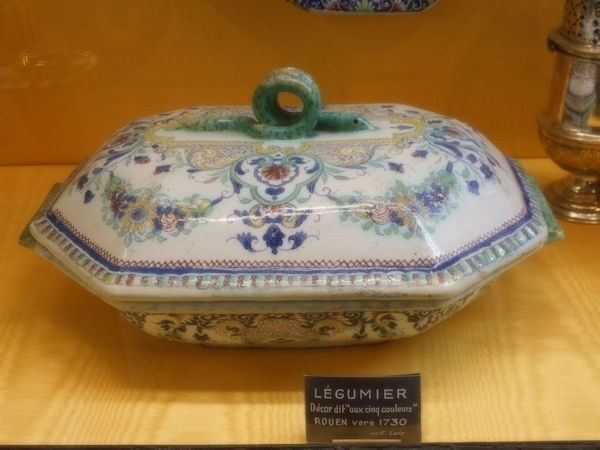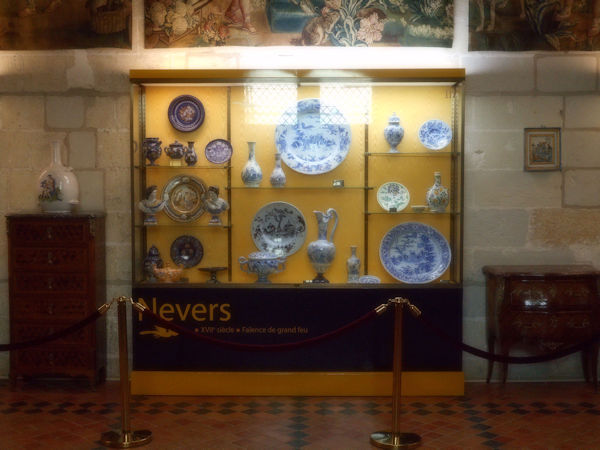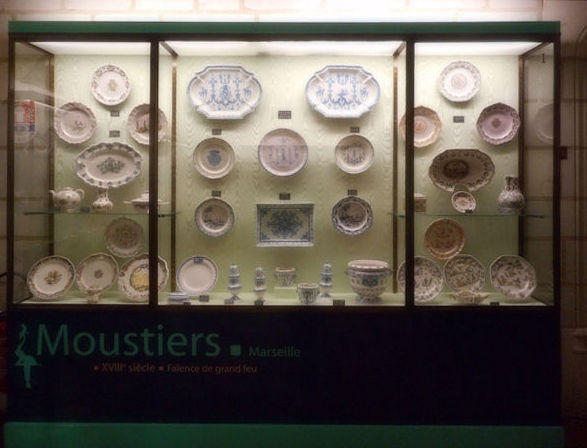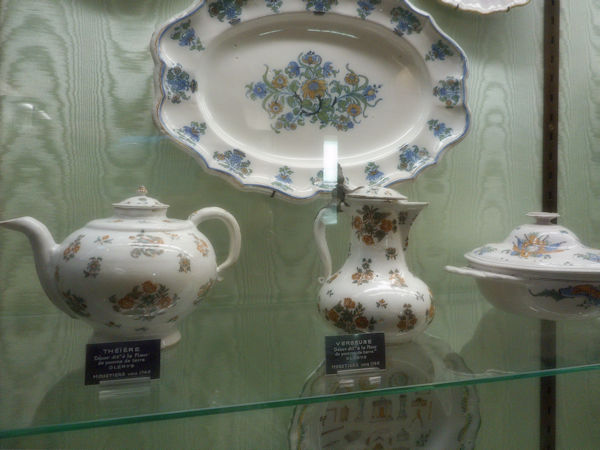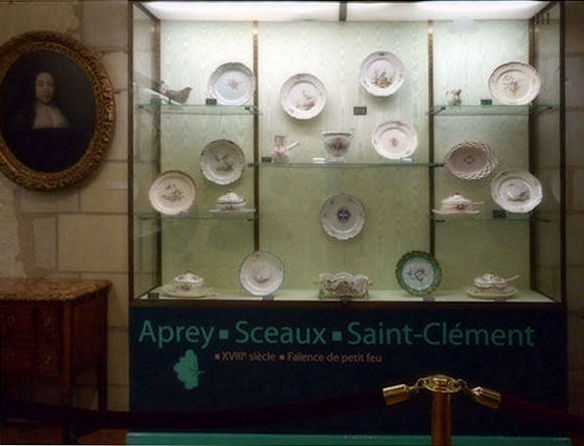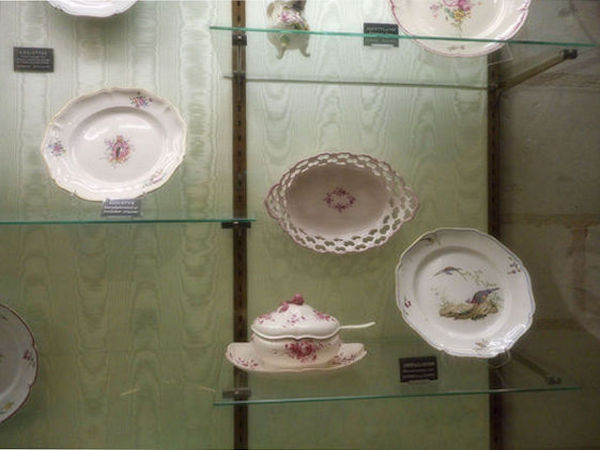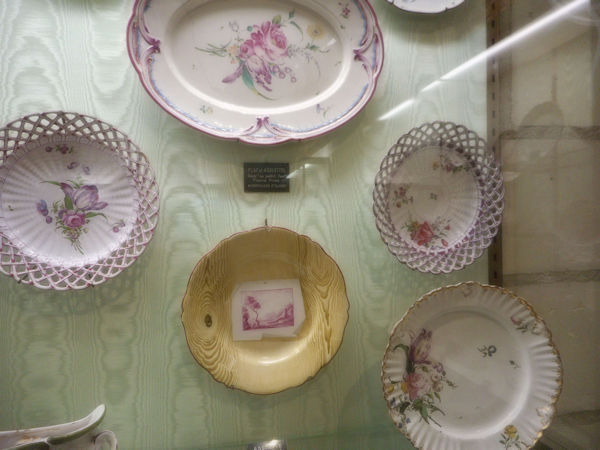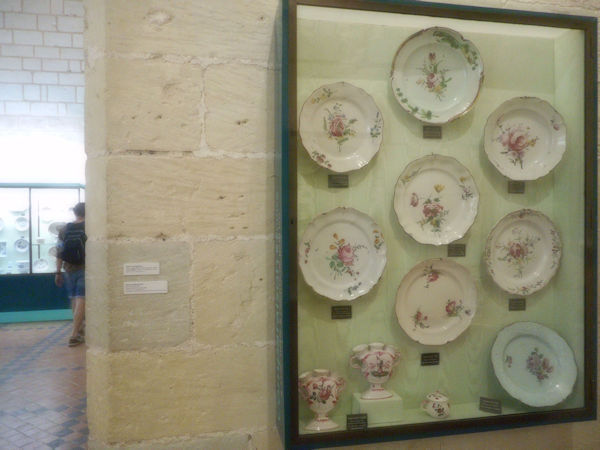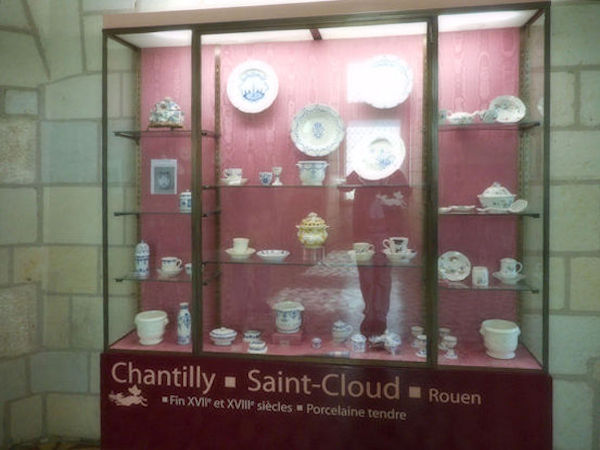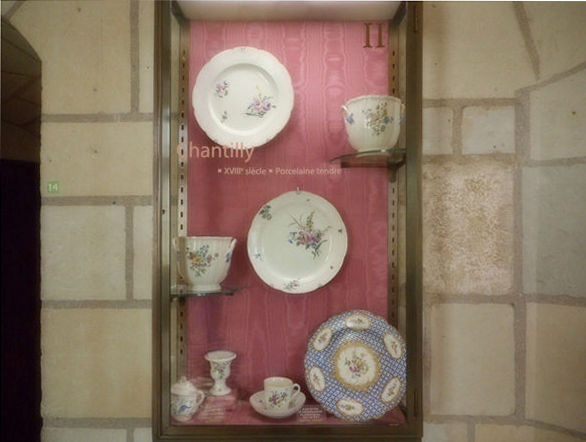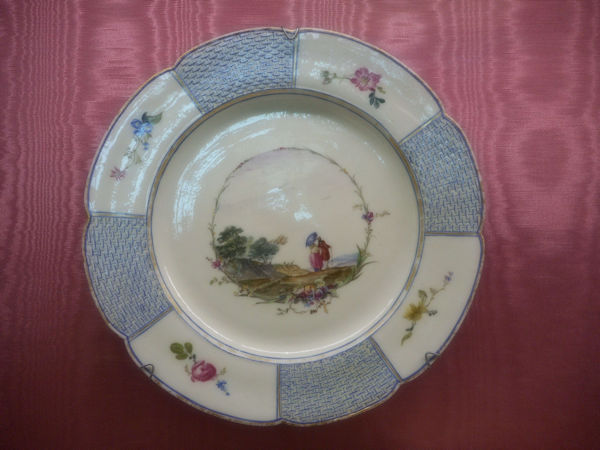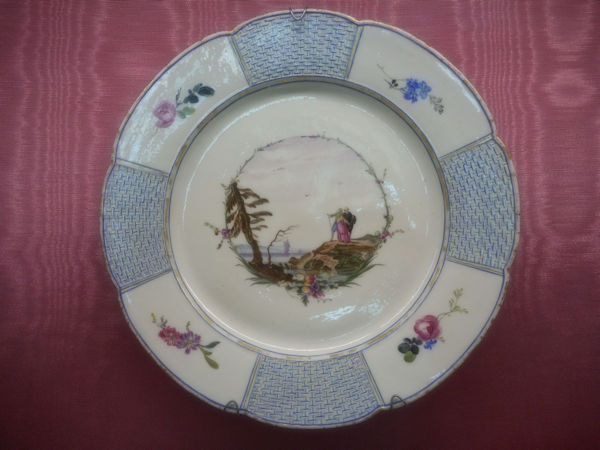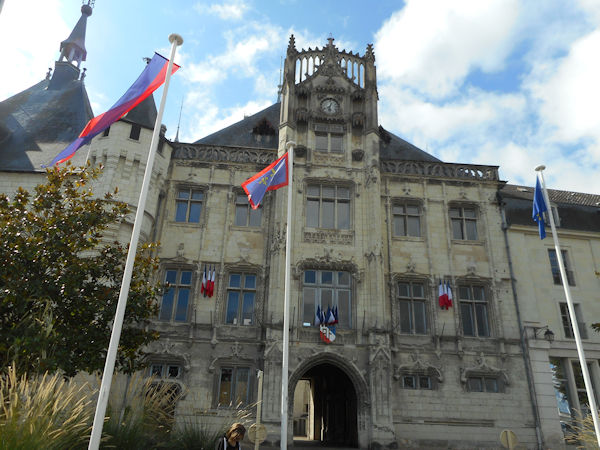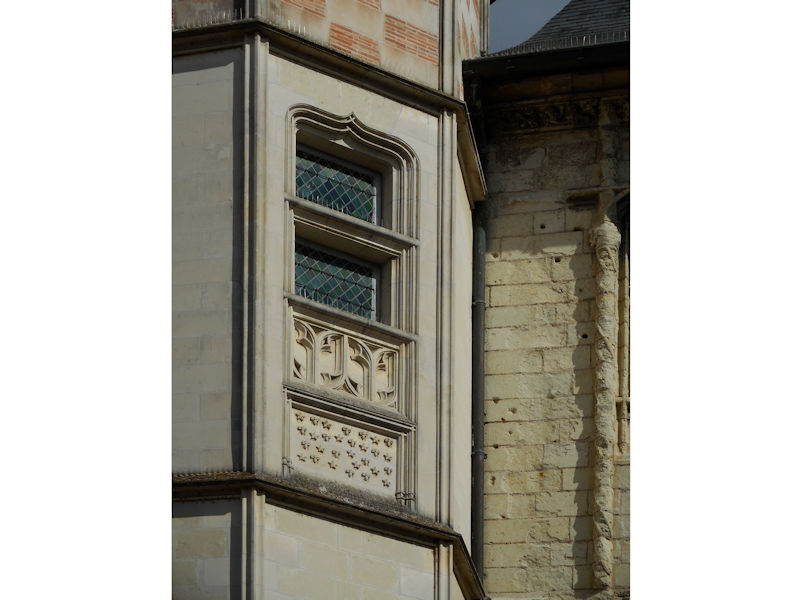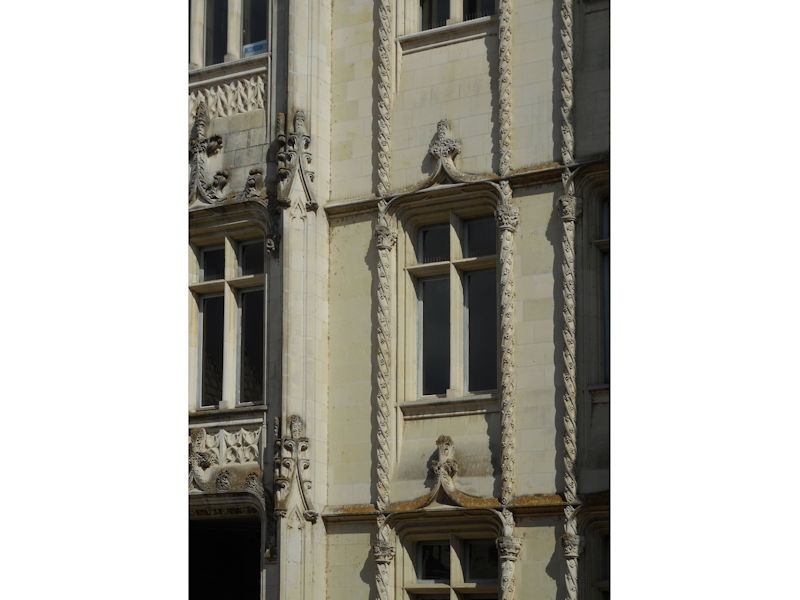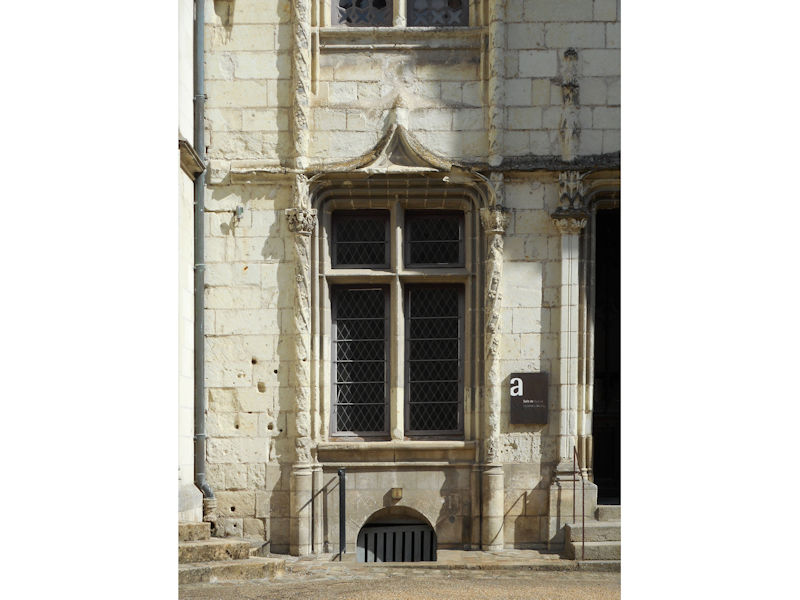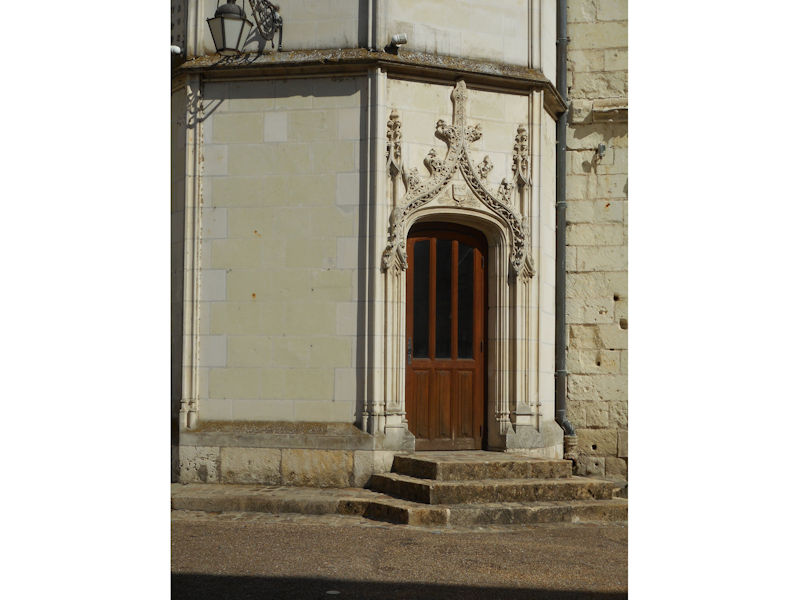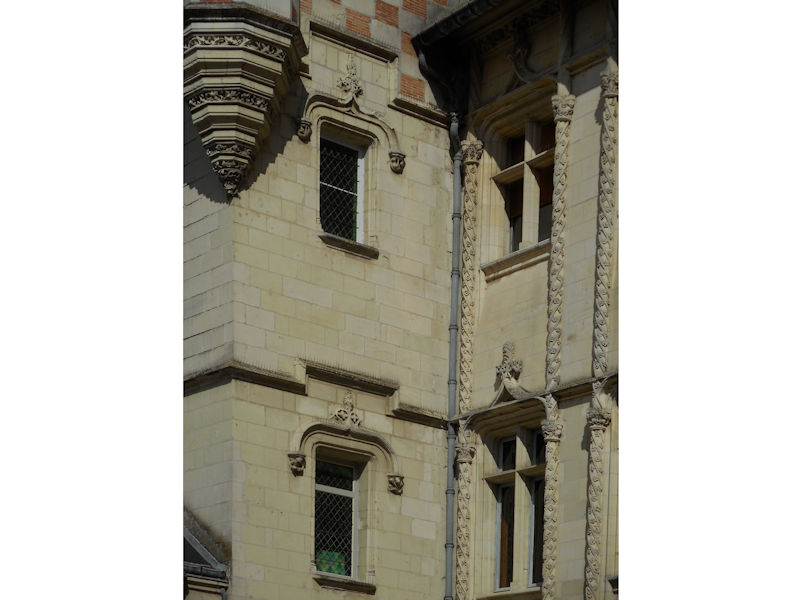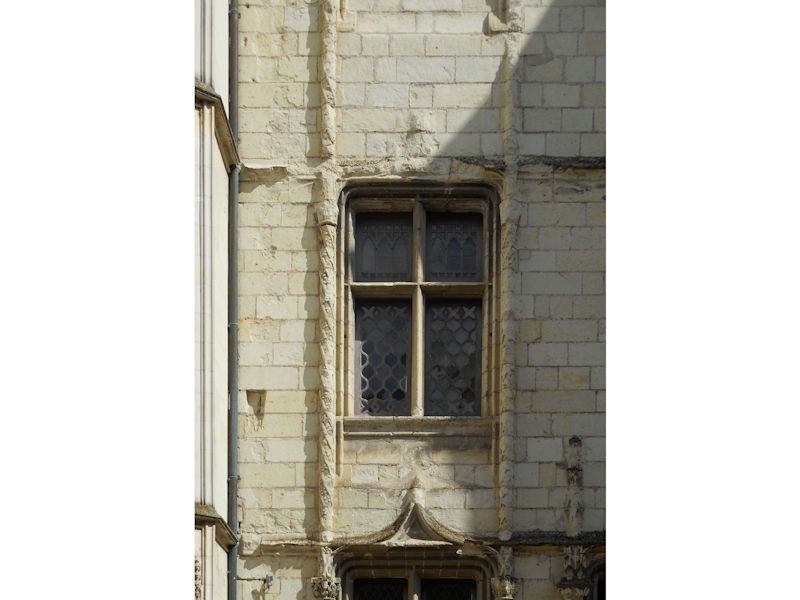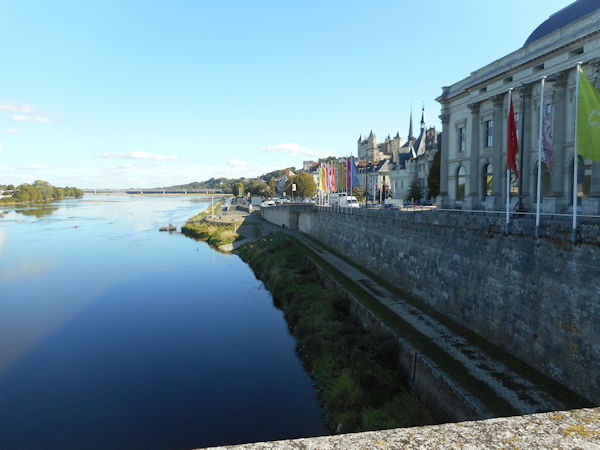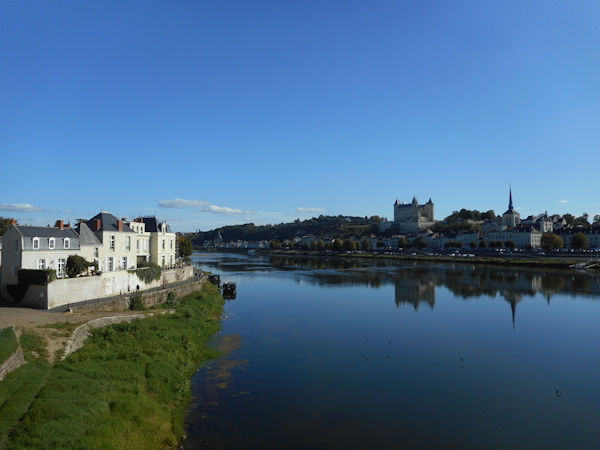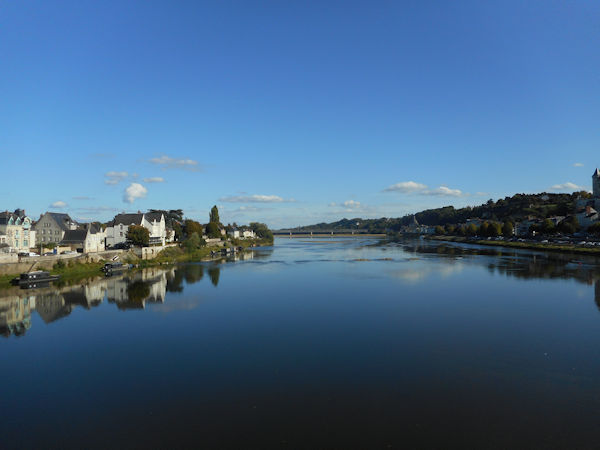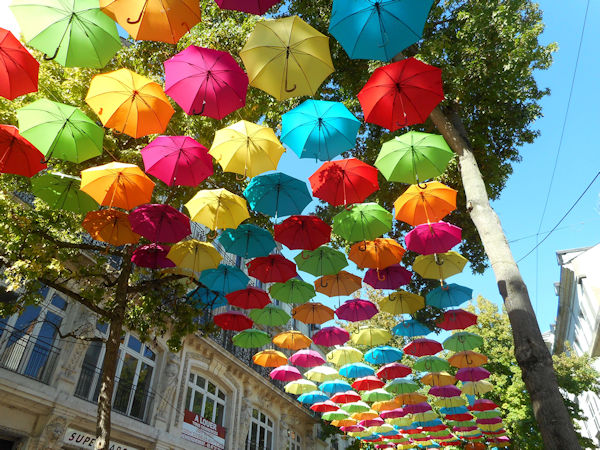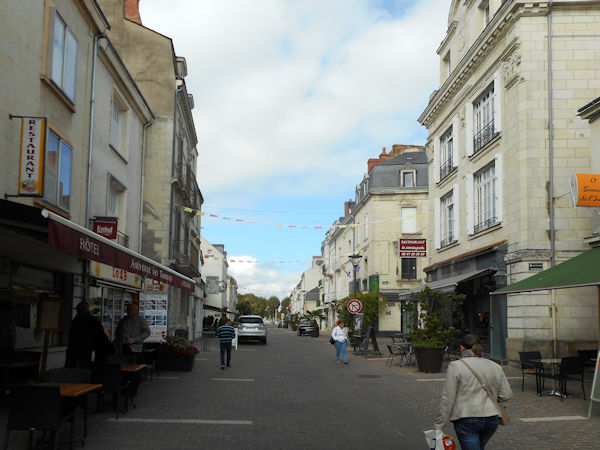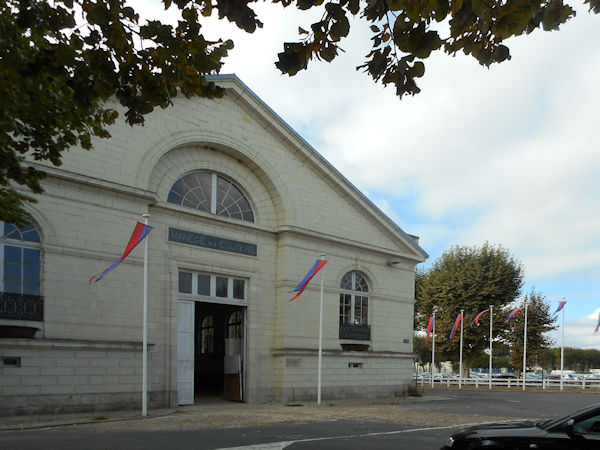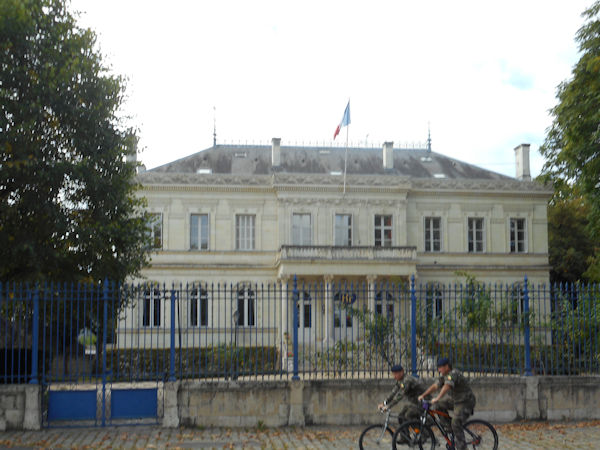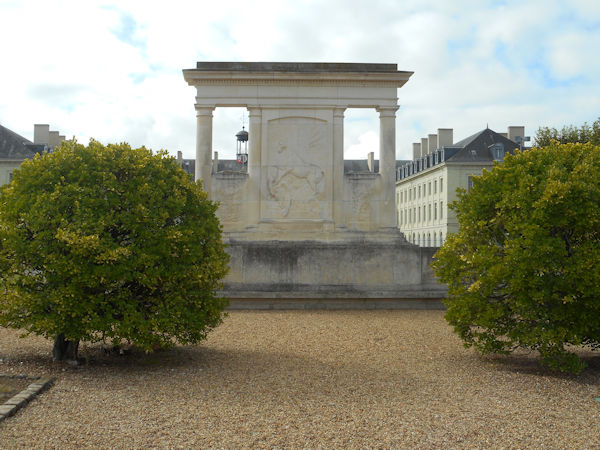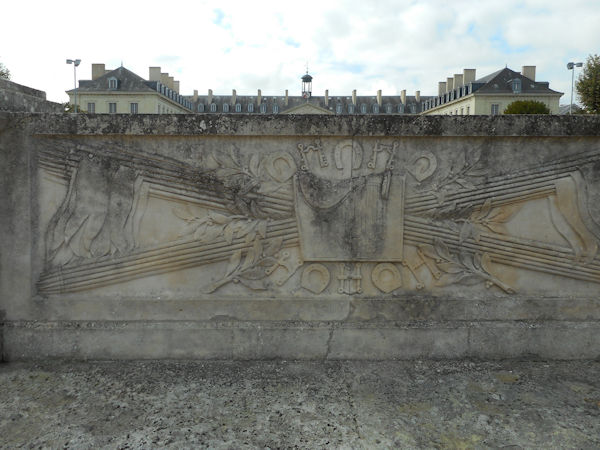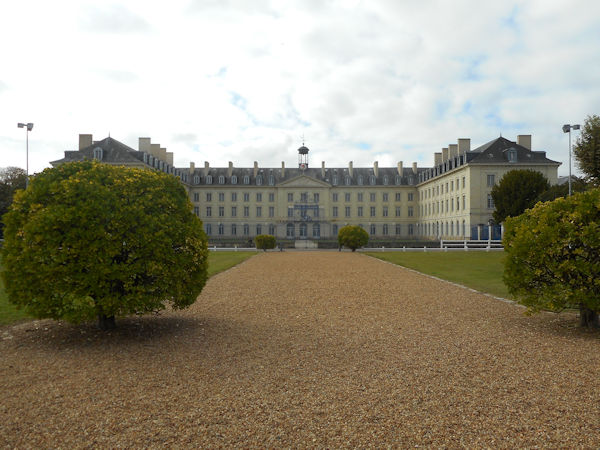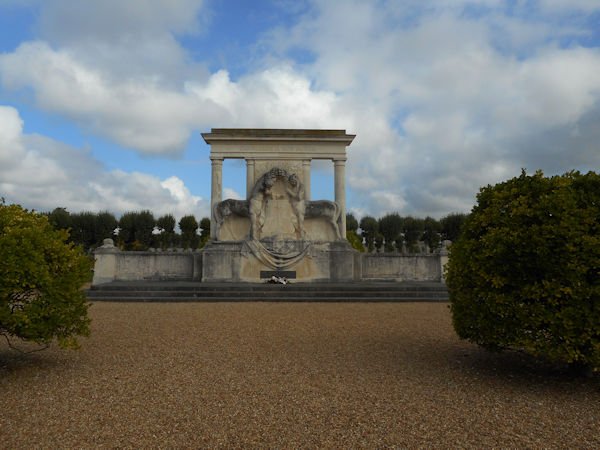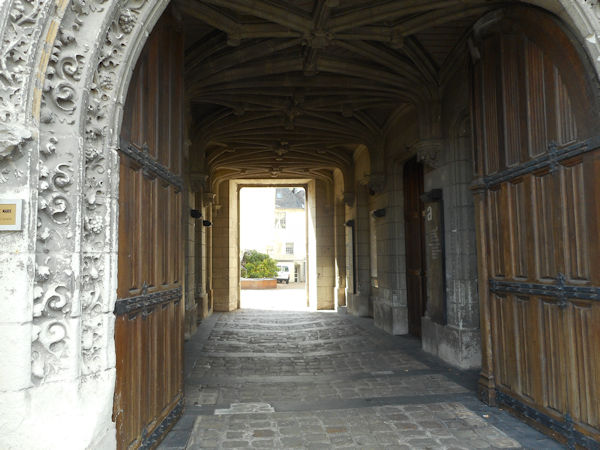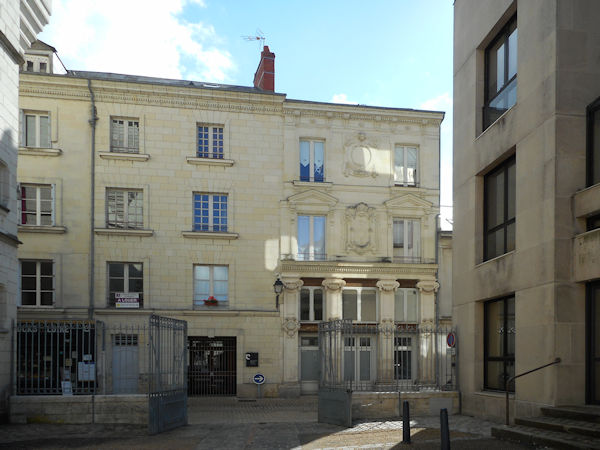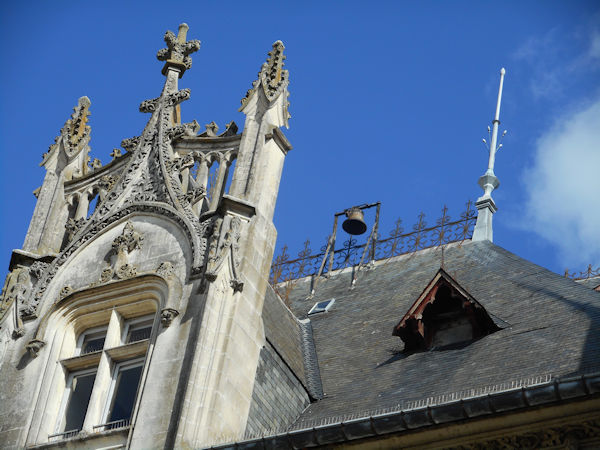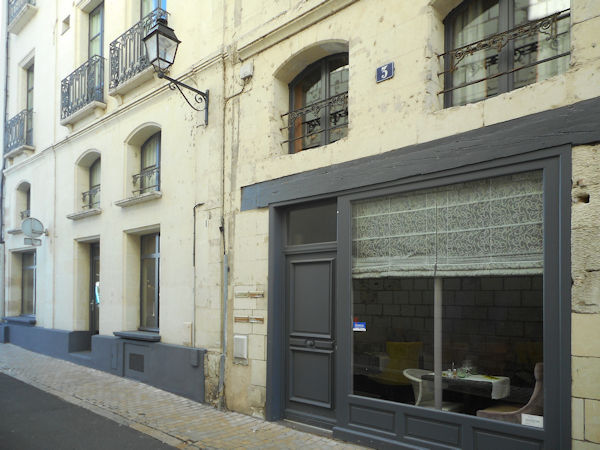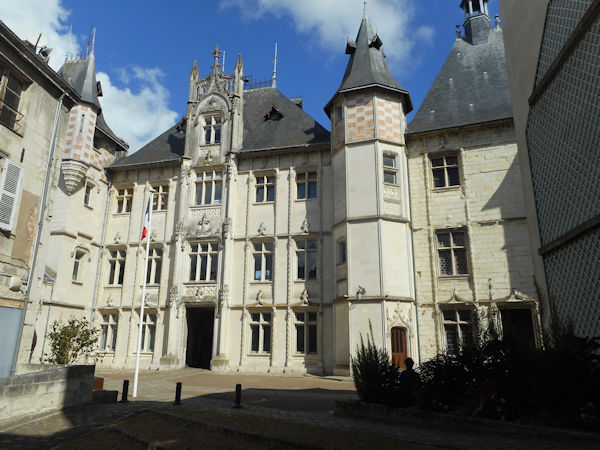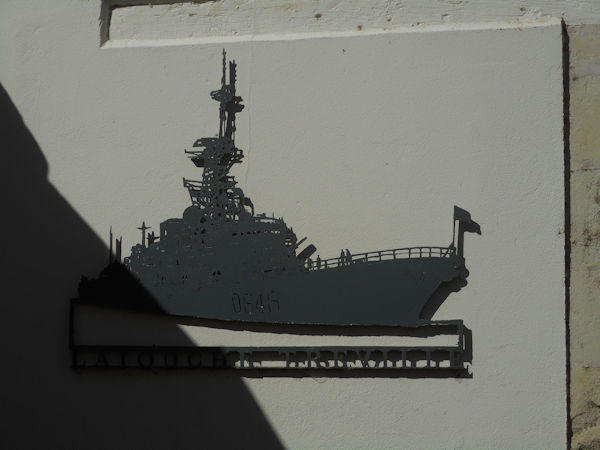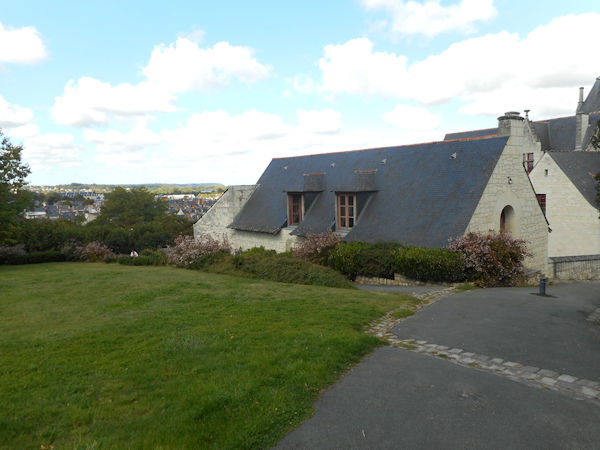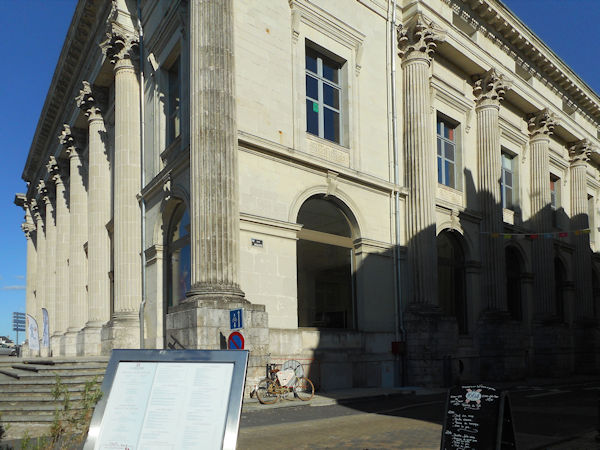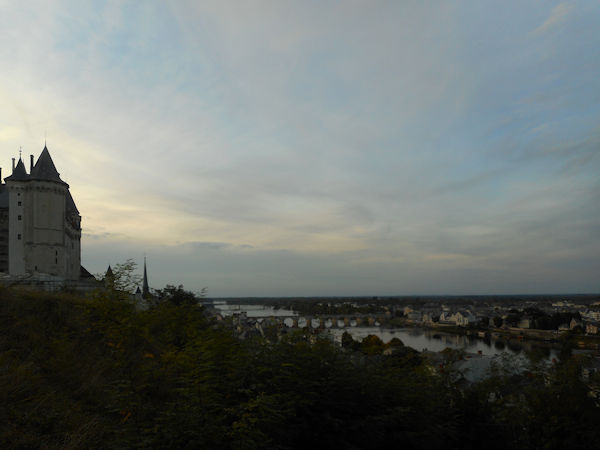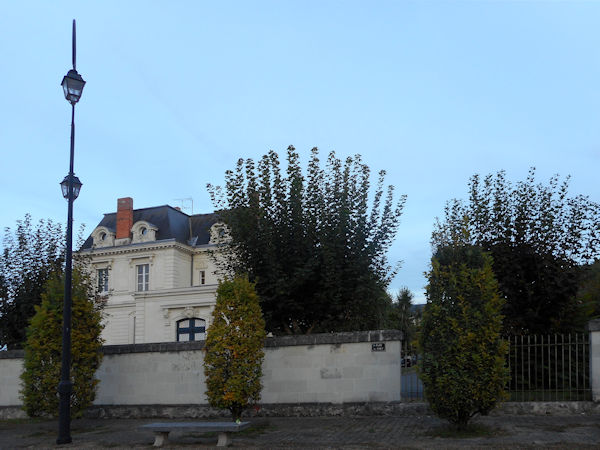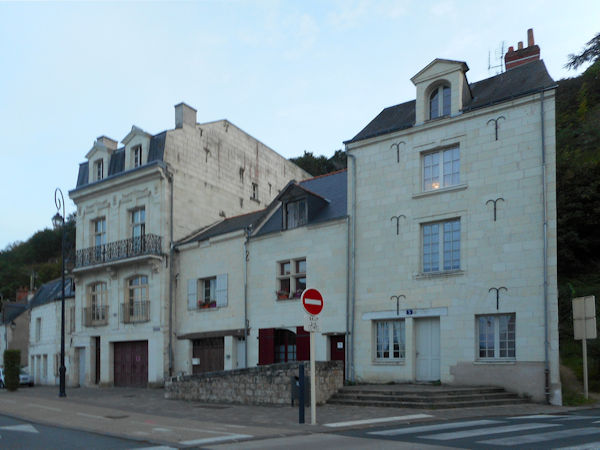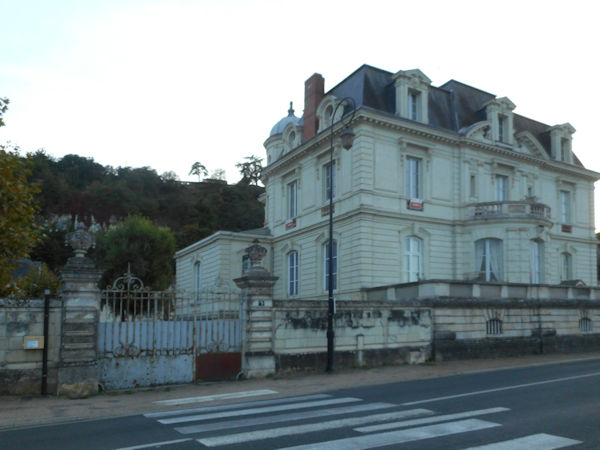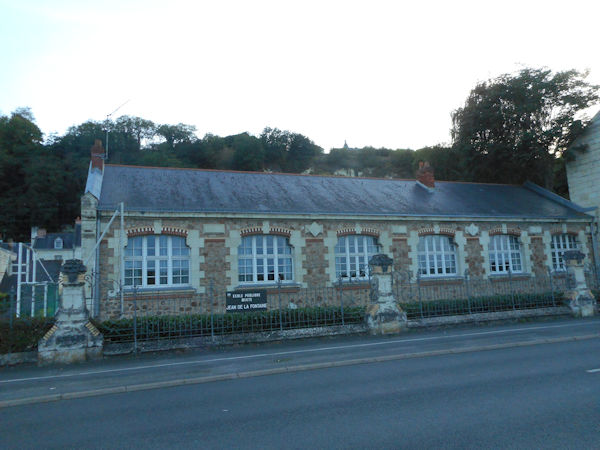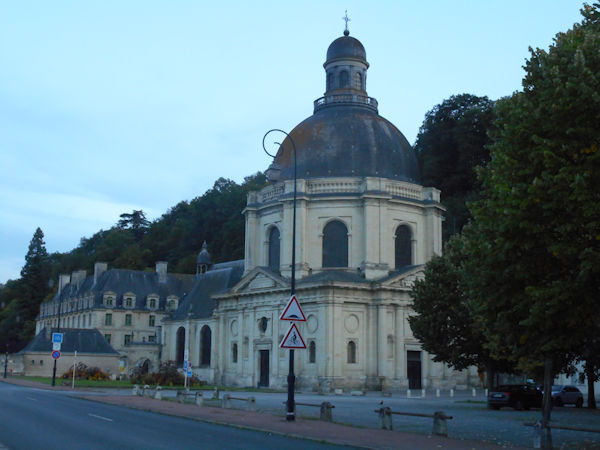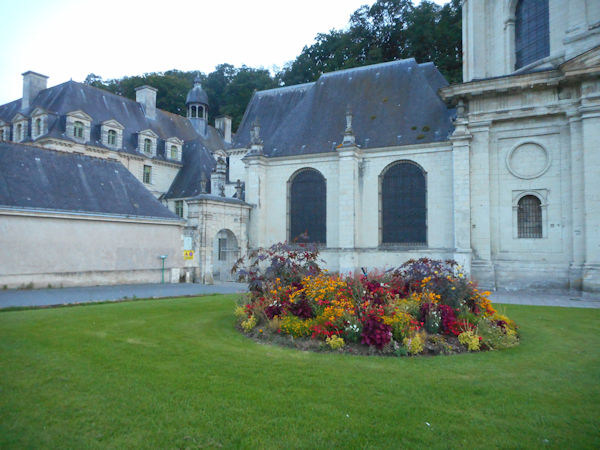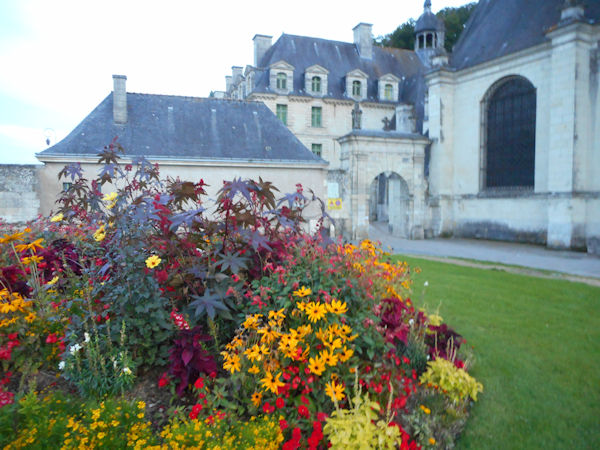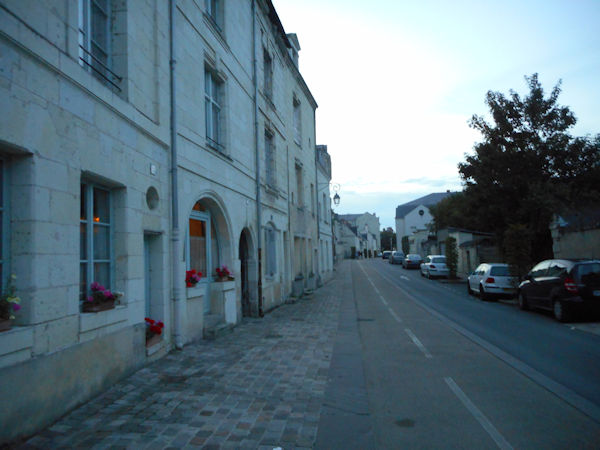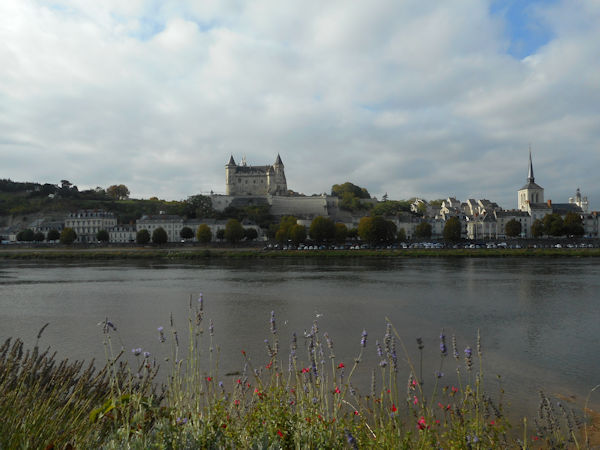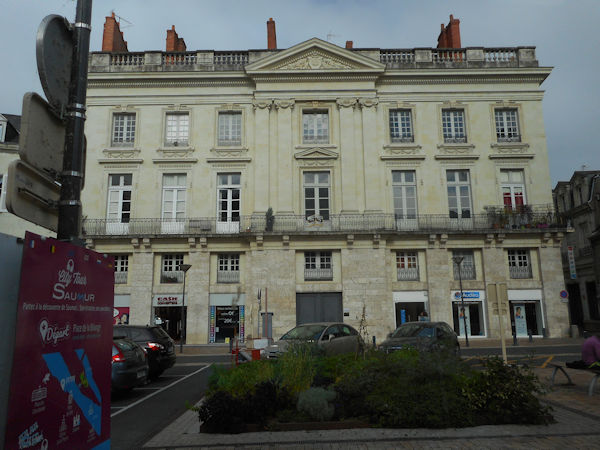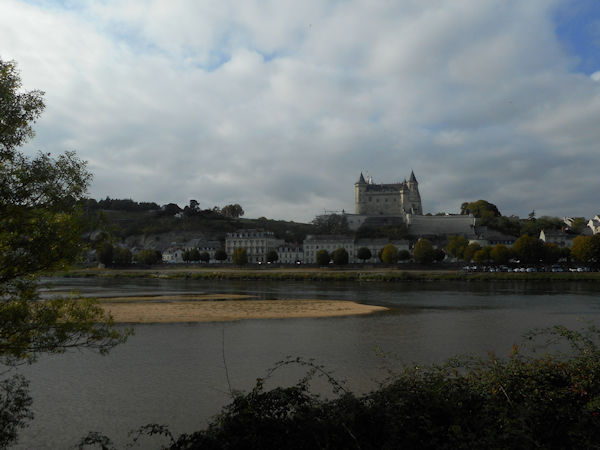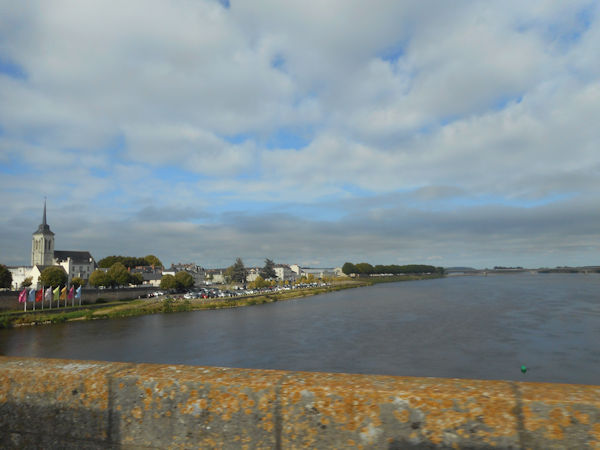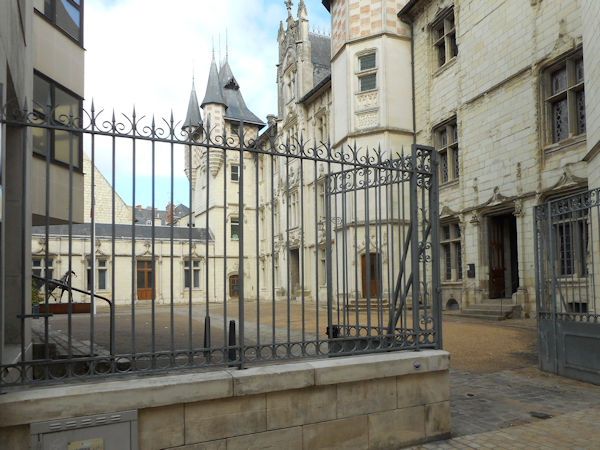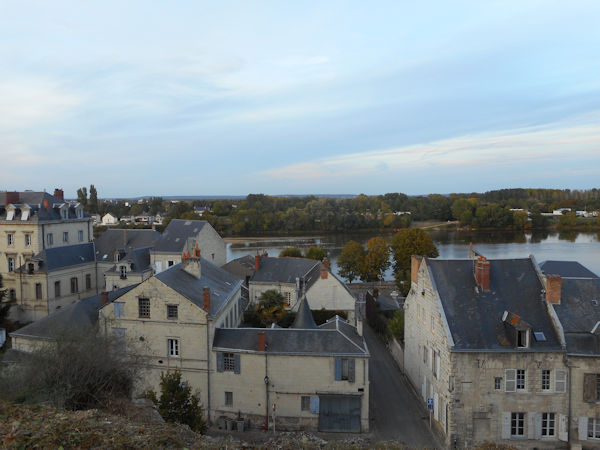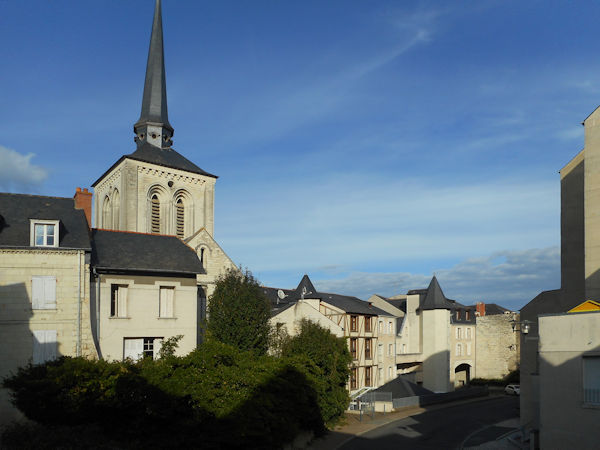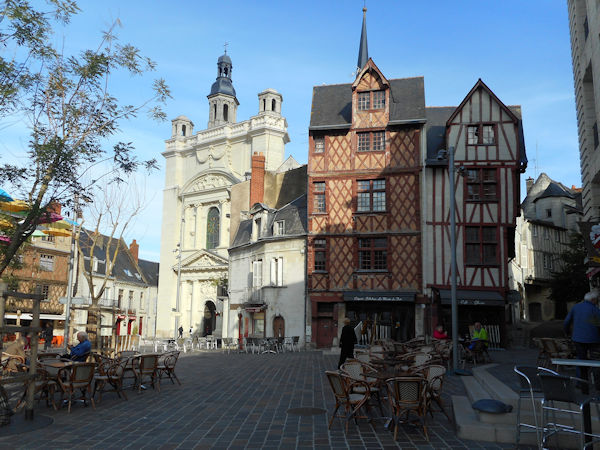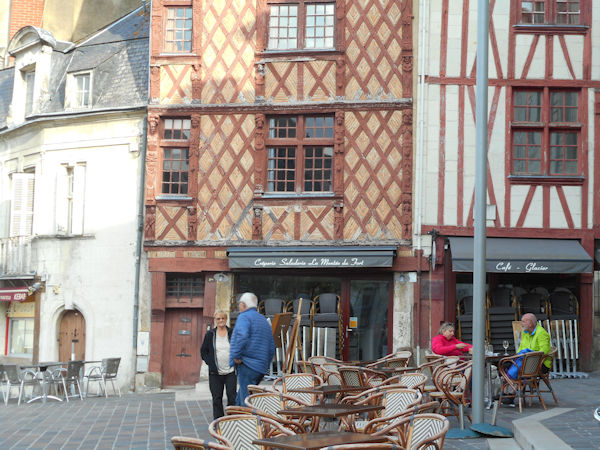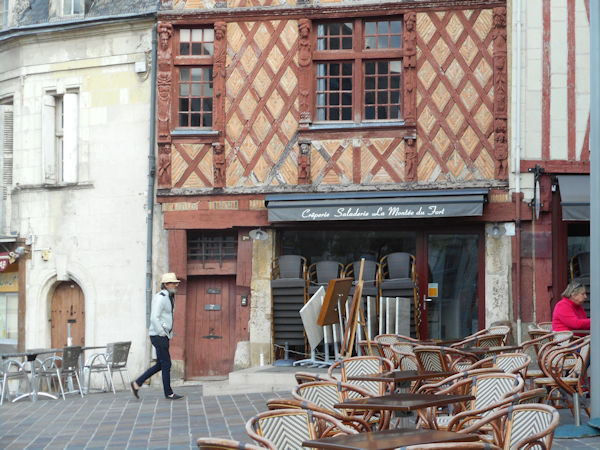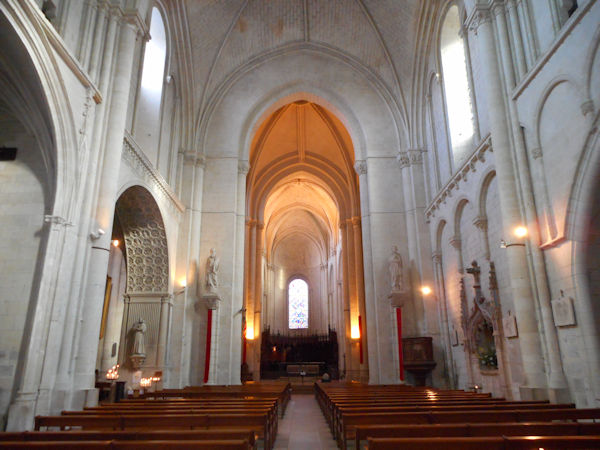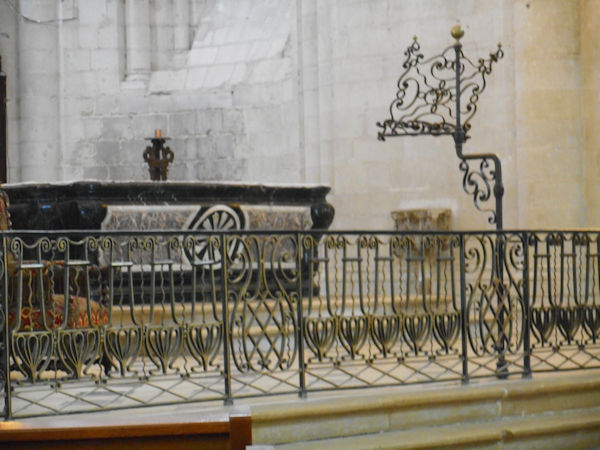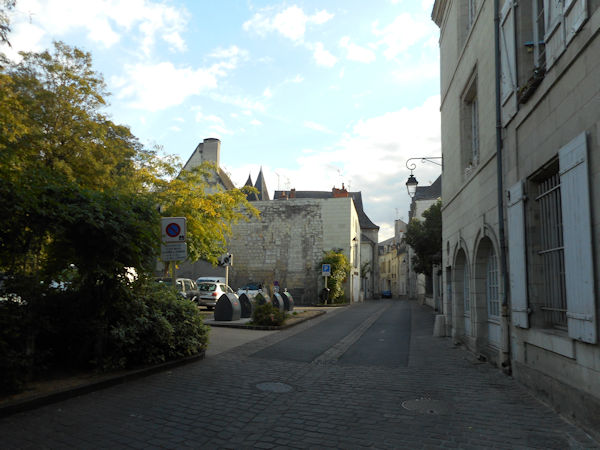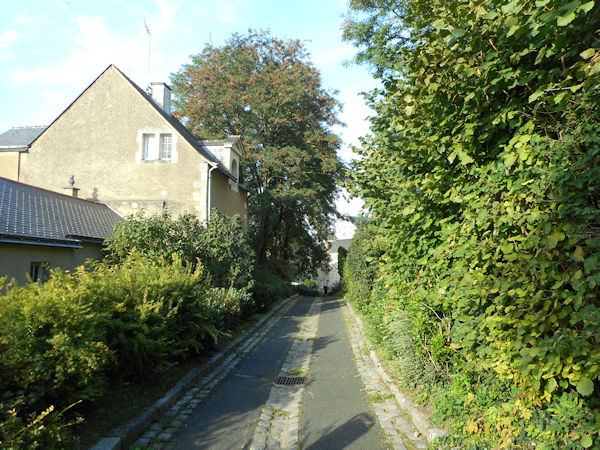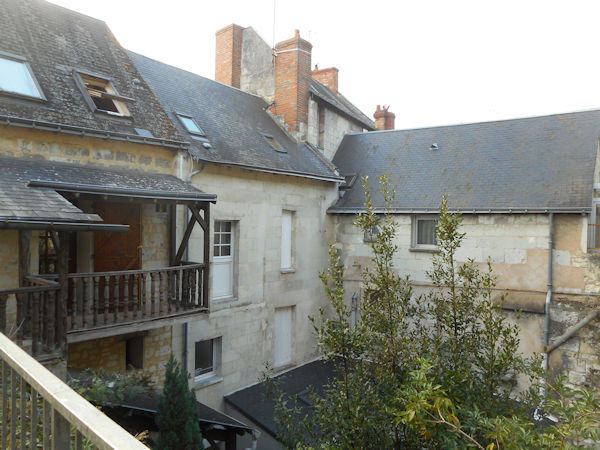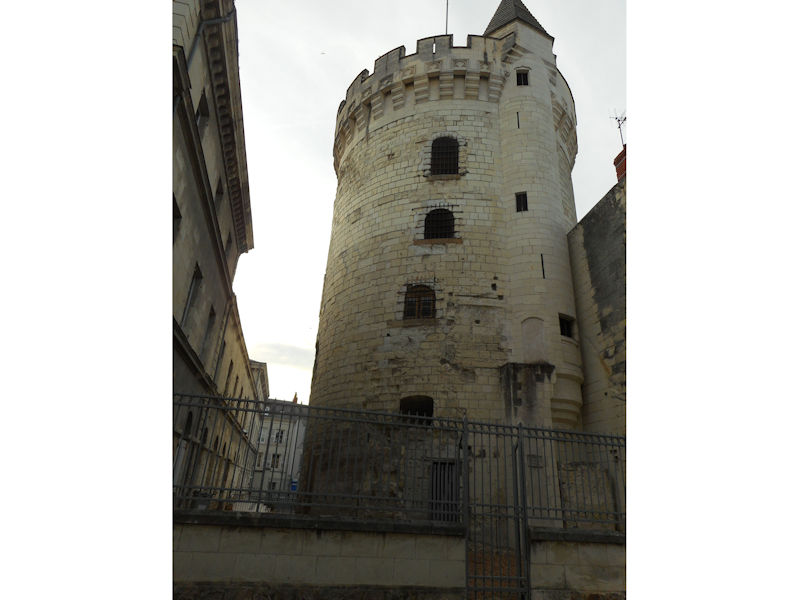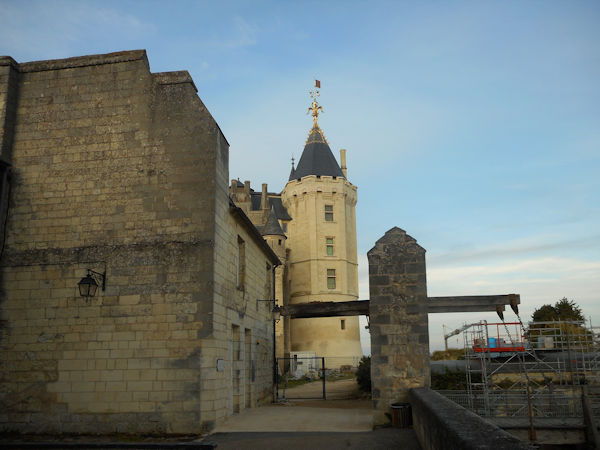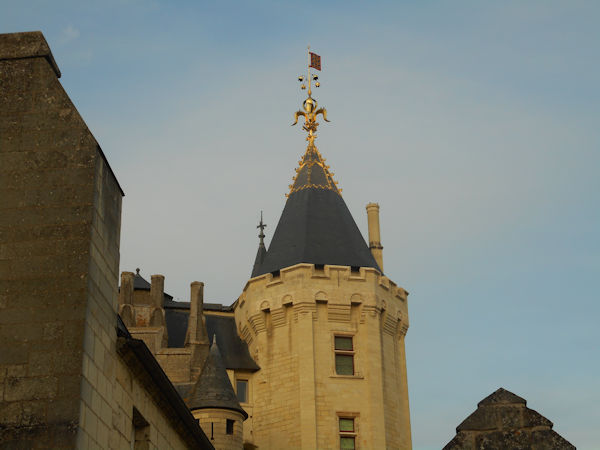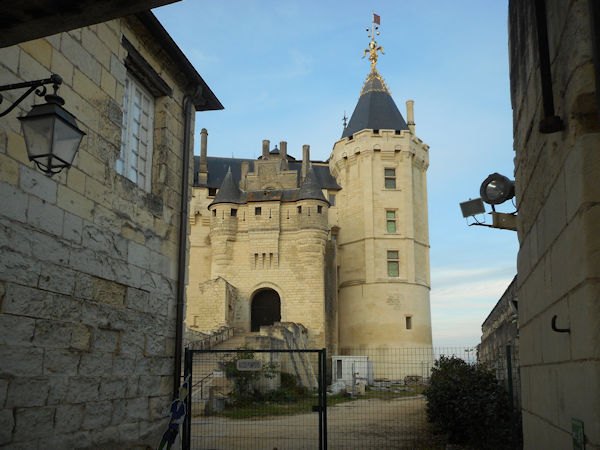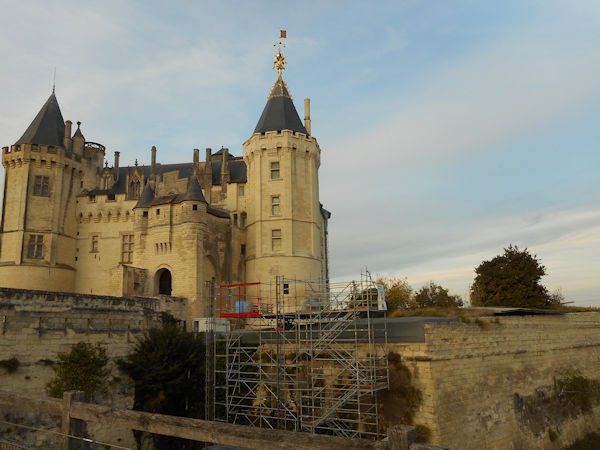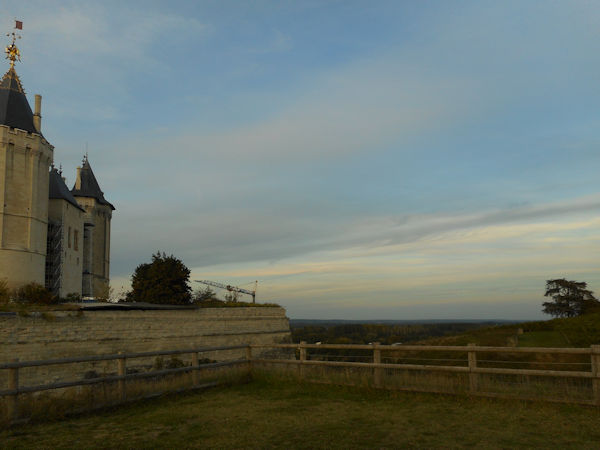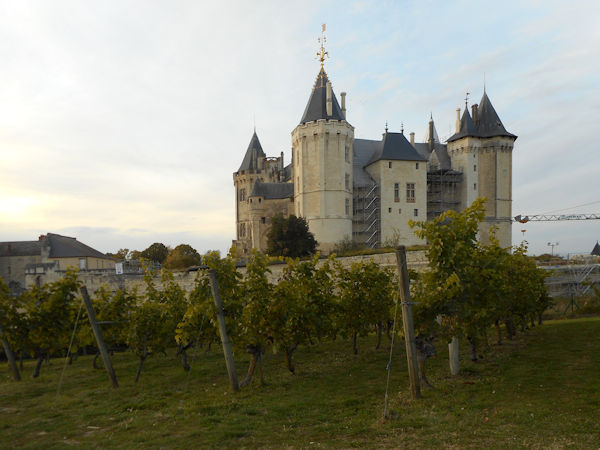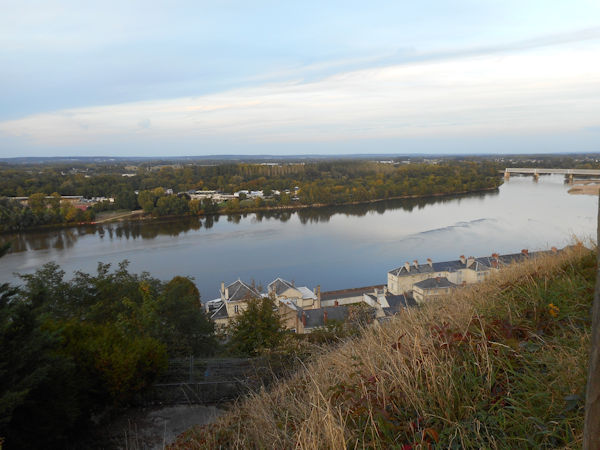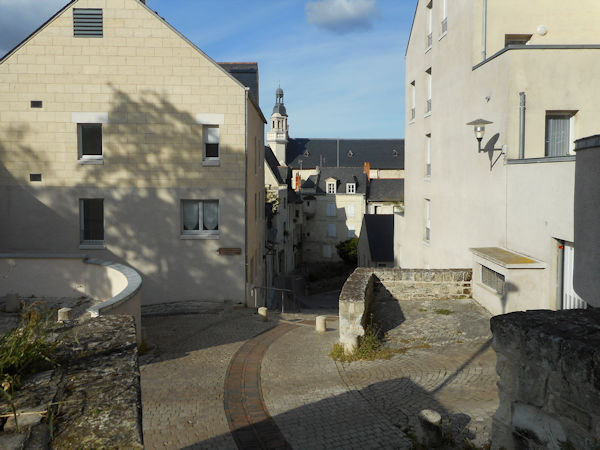Category: Textiles
Gobelins
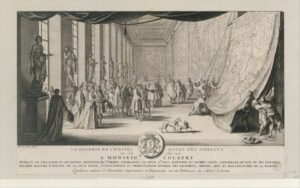
Colbert Visiting the Gobelins, Sébastien Leclerc I (French, Metz 1637–1714 Paris) 1665
This etching illustrates a visit to the Gobelins workshops by Colbert de Villacerf, Surintendant des Bâtiments du Roi from 1691 to 1699. The workers are in the process of hanging one of a set of tapestries depicting the Story of Alexander, woven for Louis XIV after designs by Charles Le Brun.
In brief – About Manufacture Nationale des Gobelins (Tripadvisor)
Photographie : Jean-Philippe Humbert
Gobelins Manufactory (Wikipedia)
History
Colbert and Le Brun
In 1662 the works in the Faubourg Saint Marcel, with the adjoining grounds, were purchased by Jean-Baptiste Colbert on behalf of Louis XIV and made into a general upholstery factory, in which designs both in tapestry and in all kinds of furniture were executed under the superintendence of the royal painter, Charles Le Brun, who served as director and chief designer from 1663-1690. On account of Louis XIV’s financial problems, the establishment was closed in 1694, but reopened in 1697 for the manufacture of tapestry, chiefly for royal use. It rivalled the Beauvais tapestry works until the French Revolution, when work at the factory was suspended.
The factory was revived during the Bourbon Restoration and, in 1826, the manufacture of carpets was added to that of tapestry. In 1871 the building was partly burned down during the Paris Commune.
The factory is still in operation today as a state-run institution. The manufactory consists of a set of four irregular buildings dating to the seventeenth century, plus the building on the avenue des Gobelins built by Jean-Camille Formigé in 1912 after the 1871 fire. They contain Le Brun’s residence and workshops that served as foundries for most of the bronze statues in the park of Versailles, as well as looms on which tapestries are woven following seventeenth century techniques. The Gobelins still produces some limited amount of tapestries for the decoration of French governmental institutions, with contemporary subjects.
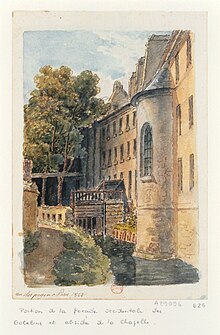
Rear view of the Gobelin Manufactory, adjoining the Bièvre river, in 1830.
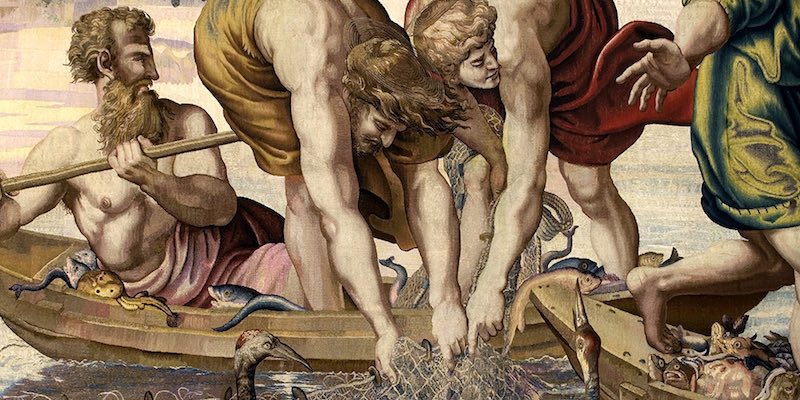
Although Gobelins is synonymous with tapestry, the two brothers never wove a thread. Their claim to fame in the tapestry world was making a special Venetian scarlet dye.
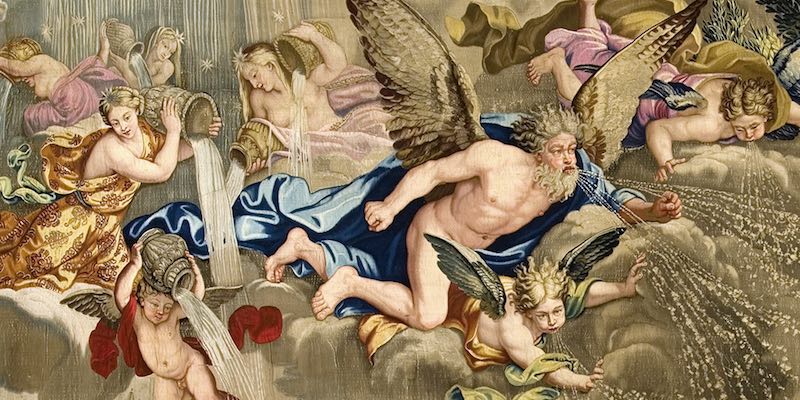
Tapestries sought to technically compete with paintings. Hundreds of new dyes were developed to create a range of subtle tonal qualities. Unfortunately, the ravages of time and light have destroyed much of these subtle effects.
Click Refresh to view slides
Further reading
Further viewing
The Art of Making a Tapestry : The Tapestry Manufactory at the Gobelins, Paris
Angers
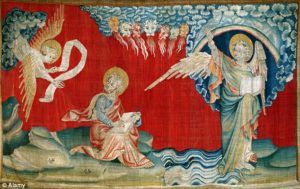
Apocalypse Tapestry, Angers, Jean Bondol and Nicholas Bataille, 1377 – 1382
Britannica
Angers, city, capital of Maine-et-Loire département, Pays de la Loire région, western France. Angers is the former capital of Anjou and lies along the Maine River 5 miles (8 km) above the latter’s junction with the Loire River, northeast of Nantes. The old city is on the river’s left bank, with three bridges crossing to Doutre.

Capital of the Andecavi, a Gallic tribe of the state of Andes, the ancient town became Juliomagus under the Romans. The succession of counts of Anjou began in the 9th century, and the rule of the Plantagenets was marked in Angers by the construction of magnificent monuments, of which the French Hôpital Saint-Jean (now housing an archaeological museum) is the most striking. The city’s massive, moated château, whose 17 towers are from 130 to 190 feet (40 to 58 metres) high, was built in 1230 on the site of earlier castles; it houses the late 14th-century Apocalypse series of tapestries (woven by Nicholas Bataille). Despite the damage of past wars, particularly World War II, Angers is still rich in medieval architecture. The 12th–13th-century cathedral of Saint-Maurice retains its original stained glass. The 15th-century Barrault House contains the public library, an art museum, and the complete works of the sculptor Pierre-Jean-David d’Angers, who was born in the city. The prefecture is in the former Saint-Aubin Abbey (11th century), which has Roman arcades. The medieval Universitas Andegavensis was refounded in 1876 as the Catholic Faculty of the West.

The city’s traditional industries such as slate quarrying, distilling, rope and cable manufacture, and weaving have been supplemented by electronics, photographic equipment, and elevators. Pop. (1999) 151,279; (2014 est.) 151,056.
From BnF, France Archives – New Plan of the City of Angers
Enriched with the Map of the Surroundings and the Perspective of the City With its Principal Houses Raised by the care of the Mayors and Aldermen and Perpetual Councilors of the Town Hall brought to light in 1736
Château de Saumur Porcelain Collection
CLICK Refresh FOR SLIDES
Saumur
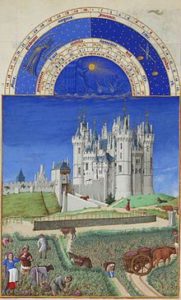
Chateau de Saumur – as pictured in Les Très Riches Heures du duc de Berry in 1410.
Saumur is a town in the Maine-et-Loire département, which is within the Pays de la Loire région in North-Western France on the Loire River. It is known for its cavalry school and for its wines. The town, dominated by the château of the dukes of Anjou, is located on rising ground between the Loire River and its tributary the Thouet, 3 km from their confluence.
Early settlement of the region goes back many thousands of years. Located on the south of the town is France’s largest neolithic megalith. The Dolmen de Bagneux is 23 meters long and built from 15 large slabs of the local stone weighs over 500 tons.
Prior to the French Revolution Saumur was the capital of the Sénéchaussée de Saumur, a bailiwick, which existed until 1793. Saumur was then the location of the Battle of Saumur during the Revolt in the Vendée, becoming a state prison under Napoleon Bonaparte. The town was an equestrian centre with both the military cavalry school from 1783 and later the Cadre Noir based there.
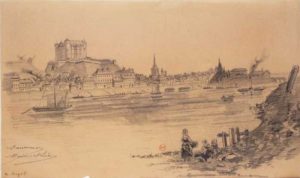
The Château de Saumur was constructed in the 10th century to protect the Loire river crossing from Norman attacks after the settlement of Saumur was sacked in 845. The castle, destroyed in 1067 and inherited by the House of Plantagenet, was rebuilt by Henry II of England in the later 12th century. It changed hands several times between Anjou and France until 1589.
The town’s industries include the processing of the traditional agricultural products of the region (wines, mushrooms, and vegetables), aluminum fabrication, and plastics manufacture. Saumur is also an administrative and service centre. Pop. (1999) 29,857; (2014 est.) 27,301.
CLICK Refresh FOR SLIDES


